Revolutionizing Brand Engagement Through AI-Driven Content Strategy: A Caboose Lake Campground Case Study
Introduction:
In 2022-2023, Caboose Lake Campground embarked on a groundbreaking journey to redefine its branding and content strategy. Leveraging the latest in AI generative tools, the project aimed to enhance the campground's brand presence, optimize workflow efficiency, and significantly boost client reach and engagement on social media platforms, particularly Instagram Reels.
Project Overview:
Objective: To enhance Caboose Lake Campground’s brand visibility and engagement through an innovative content strategy utilizing AI generative tools.
Tools Used: Midjourney, ComfyUI, Stable Diffusion, ChatGPT, GPT-4, Adobe Illustrator, and Adobe After Effects.
Strategy: Incorporation of AI in both branding design and content creation to leverage Instagram's algorithm for increased reach.
Strategy and Execution:
Branding Design with AI: Utilized AI generative tools for logo creation and brand visuals, refining with Adobe Illustrator for a polished look.
Integrated Design Thinking for a user-centric visual identity, enhancing brand engagement.
Content Creation and Snowball Strategy:
Adopted a snowball content strategy, aiming for daily posts on Instagram Reels to capitalize on the platform's algorithmic preferences.
Produced over 2,000 graphics within a year by integrating generative AI tools, tripling workflow speed and enhancing content quality.
Results:
Improved Engagement: The strategic content output led to a significant increase in organic social media engagement.
Increased Productivity: AI integration enabled the production of a vast quantity of content in record time, demonstrating a substantial increase in operational efficiency.
Elevated Brand Presence: The comprehensive approach resulted in a cohesive and impactful brand presence, with improved marketing KPIs and expanded reach.
Analysis and Insights:
Efficiency Gains: The project showcased how AI tools can dramatically speed up content production workflows, allowing for more content output without compromising quality.
Algorithm Advantage: By understanding and leveraging Instagram's content preferences, Caboose Lake Campground could significantly enhance its visibility and engagement.
Brand Reinforcement: The fusion of AI in branding and content strategy not only met client demands swiftly but also established a stronger, more engaging brand identity.
Conclusion:
The Caboose Lake Campground case study exemplifies the transformative potential of AI in content strategy and brand management. By integrating generative AI tools, the project not only achieved its objectives of increasing productivity and brand engagement but also set a new standard for utilizing technology in marketing and brand development. This case study serves as a model for leveraging AI to meet the evolving demands of digital marketing and brand strategy in the real world, paving the way for future innovations in the industry.
Future Directions:
Exploration of New AI Tools: Continuously scouting for emerging AI technologies to stay ahead in content and brand strategy.
Expansion of AI Application: Broadening the use of AI beyond content creation to other areas of marketing and customer experience.
Branding Design with AI Generative Tools - 2023
Logo Icon created with a custom Clip-Guided Diffusion Model in Stable diffusion XL and prompt engineering in Midjourney, final details in adobe Illustrator
Redesigned the brand by applying Design Thinking principles for research and
strategy development to successfully execute a refreshed visual identity with a
user-centric focus enhancing brand engagement and market presence.
strategy development to successfully execute a refreshed visual identity with a
user-centric focus enhancing brand engagement and market presence.
Logo Icon Responsive Application
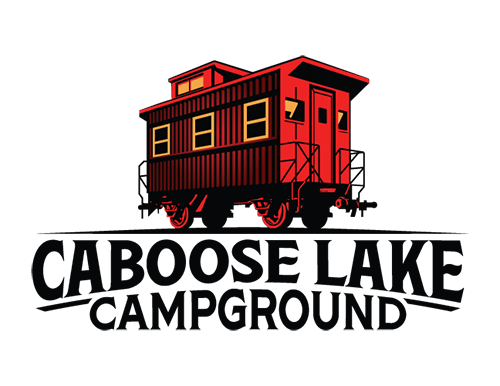
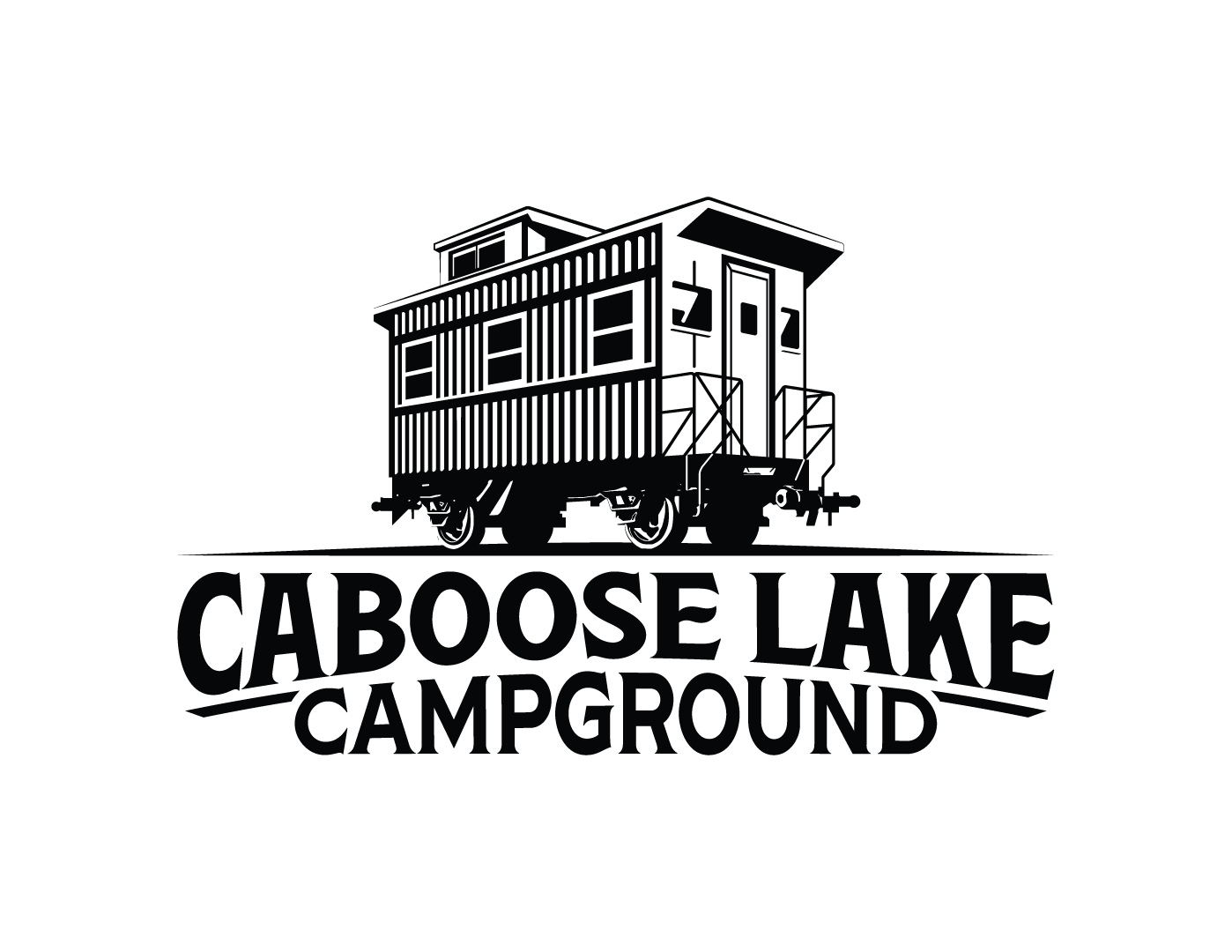
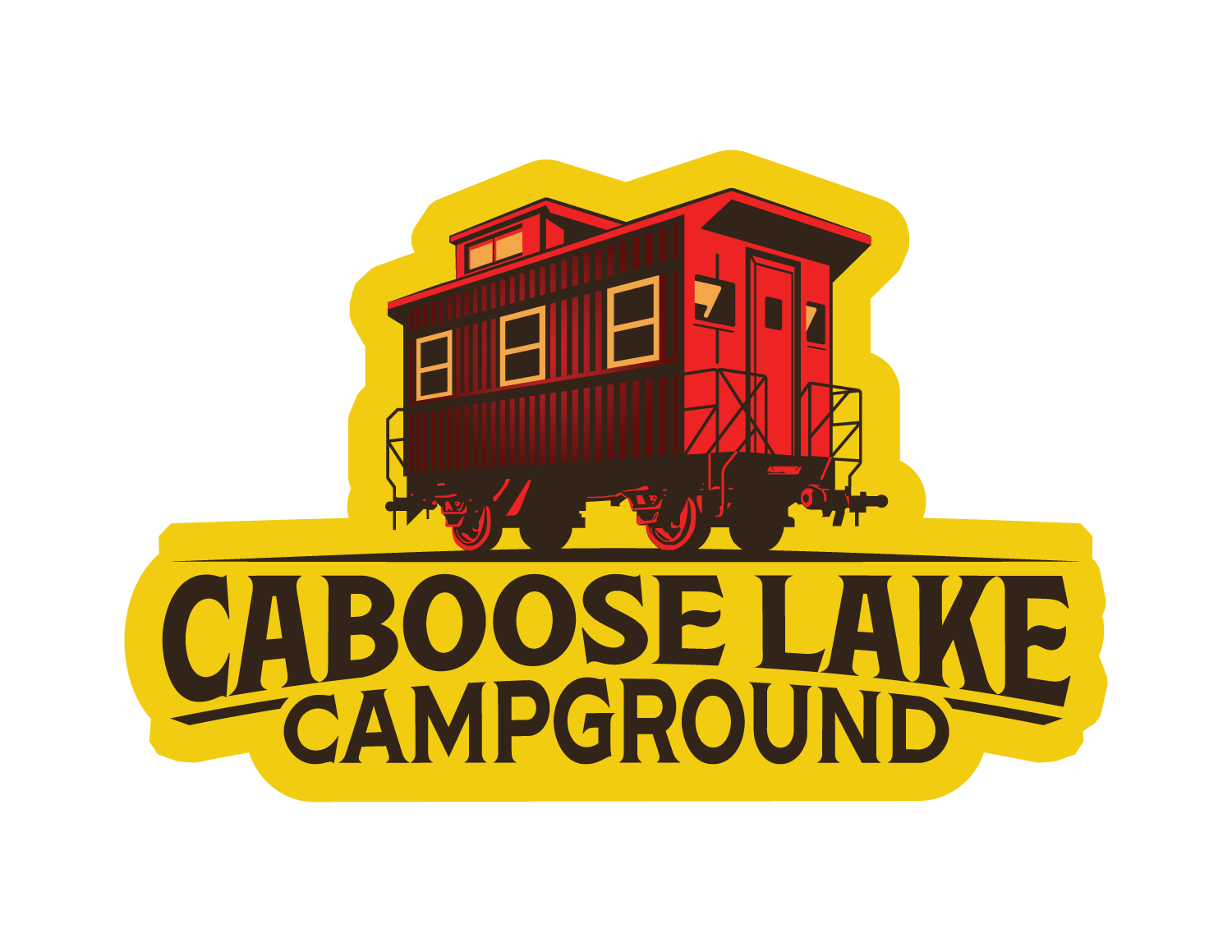
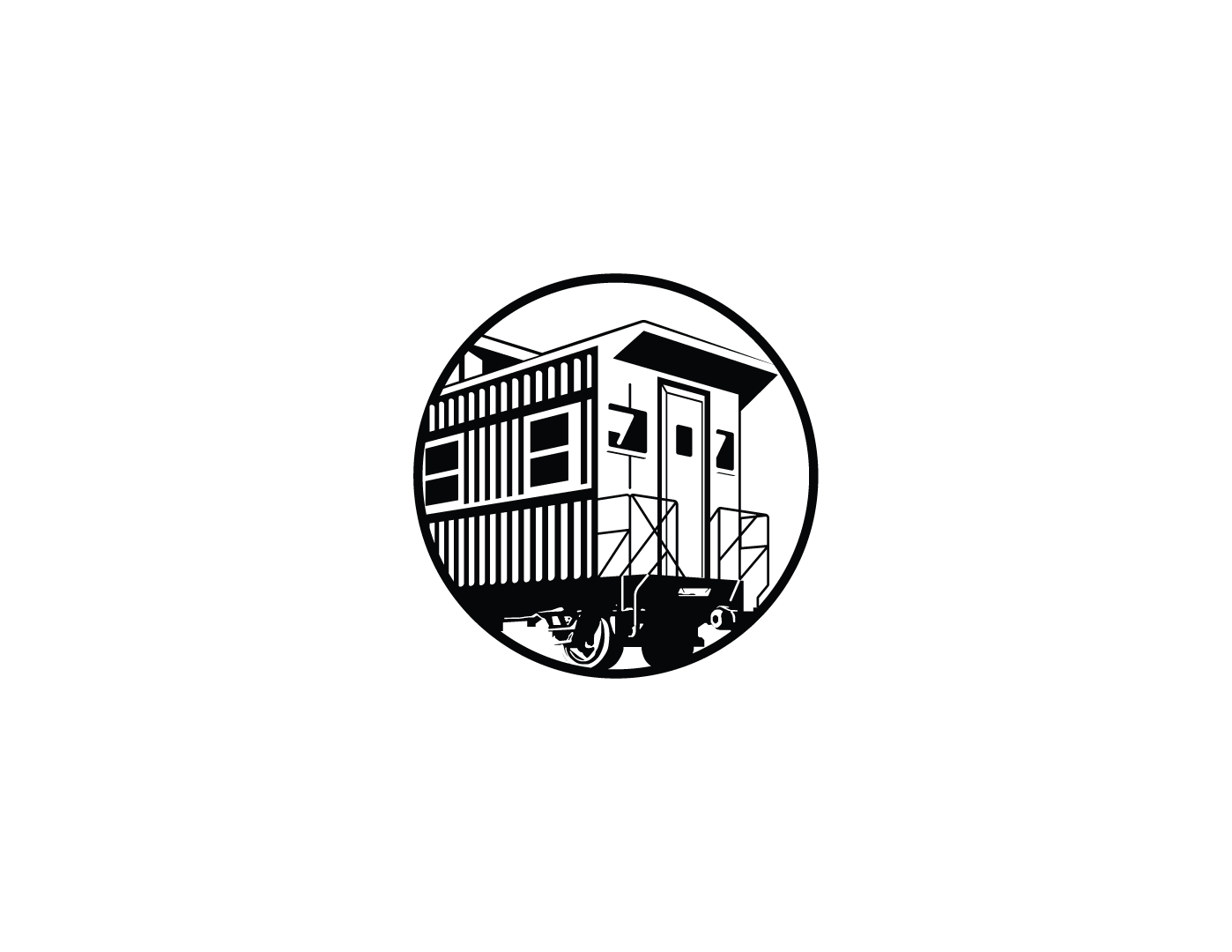
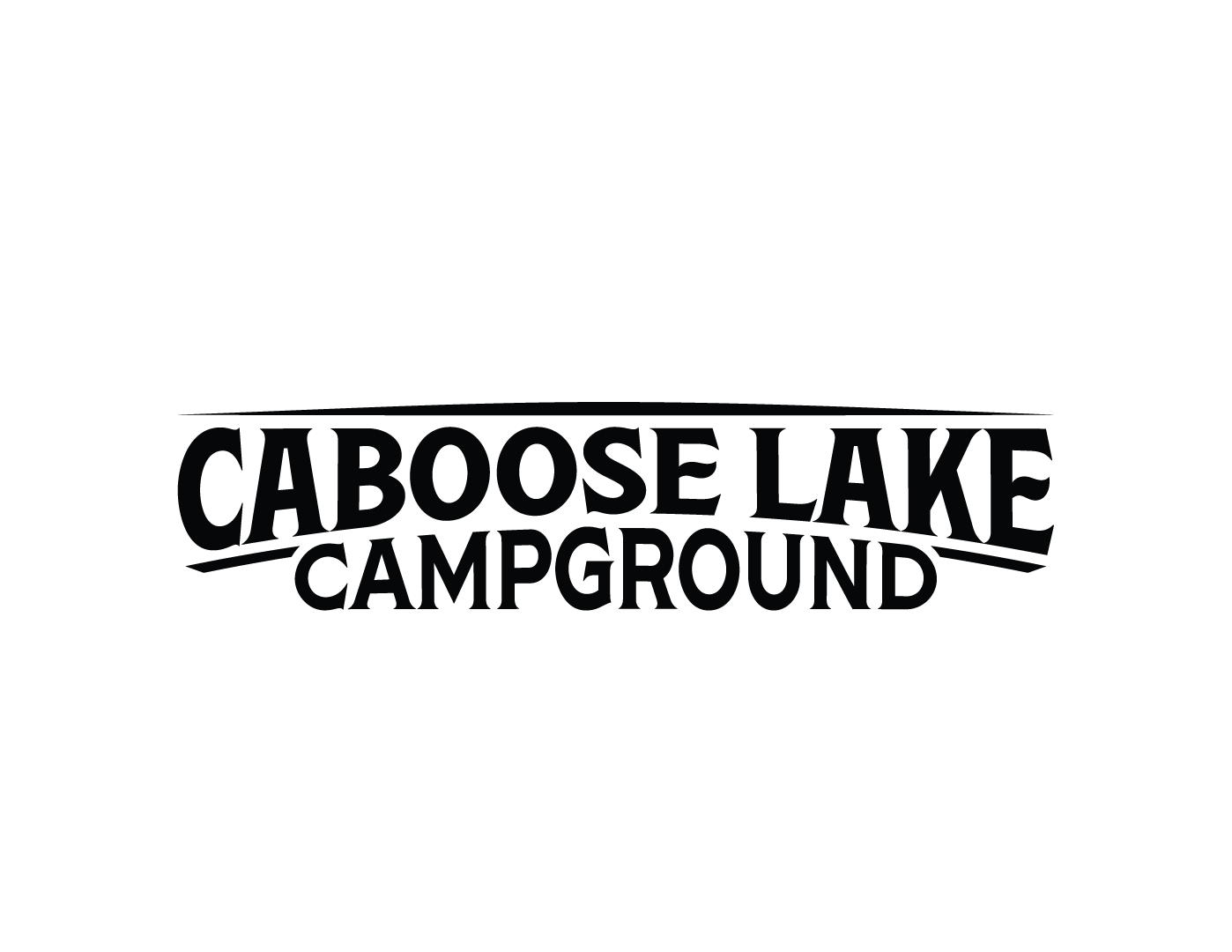
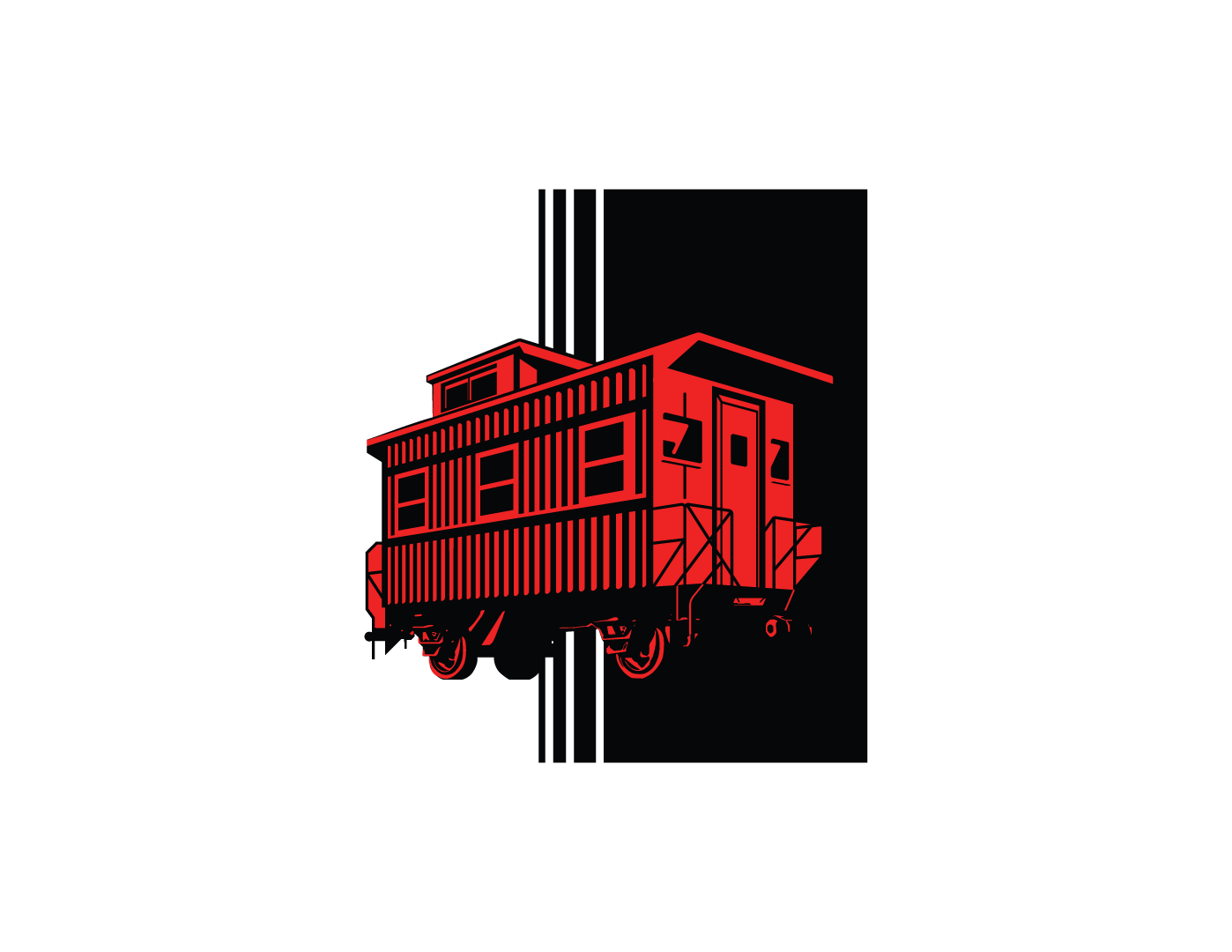
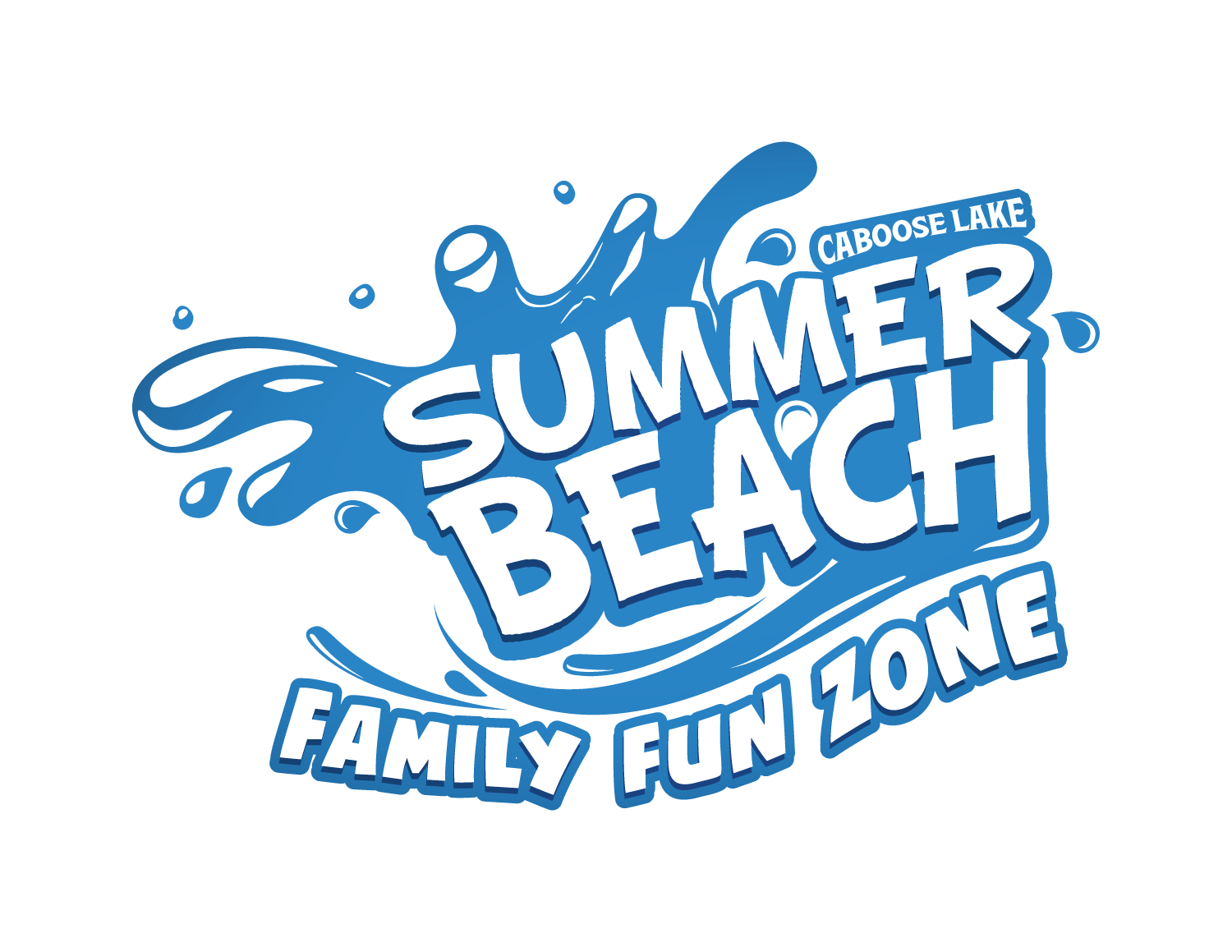
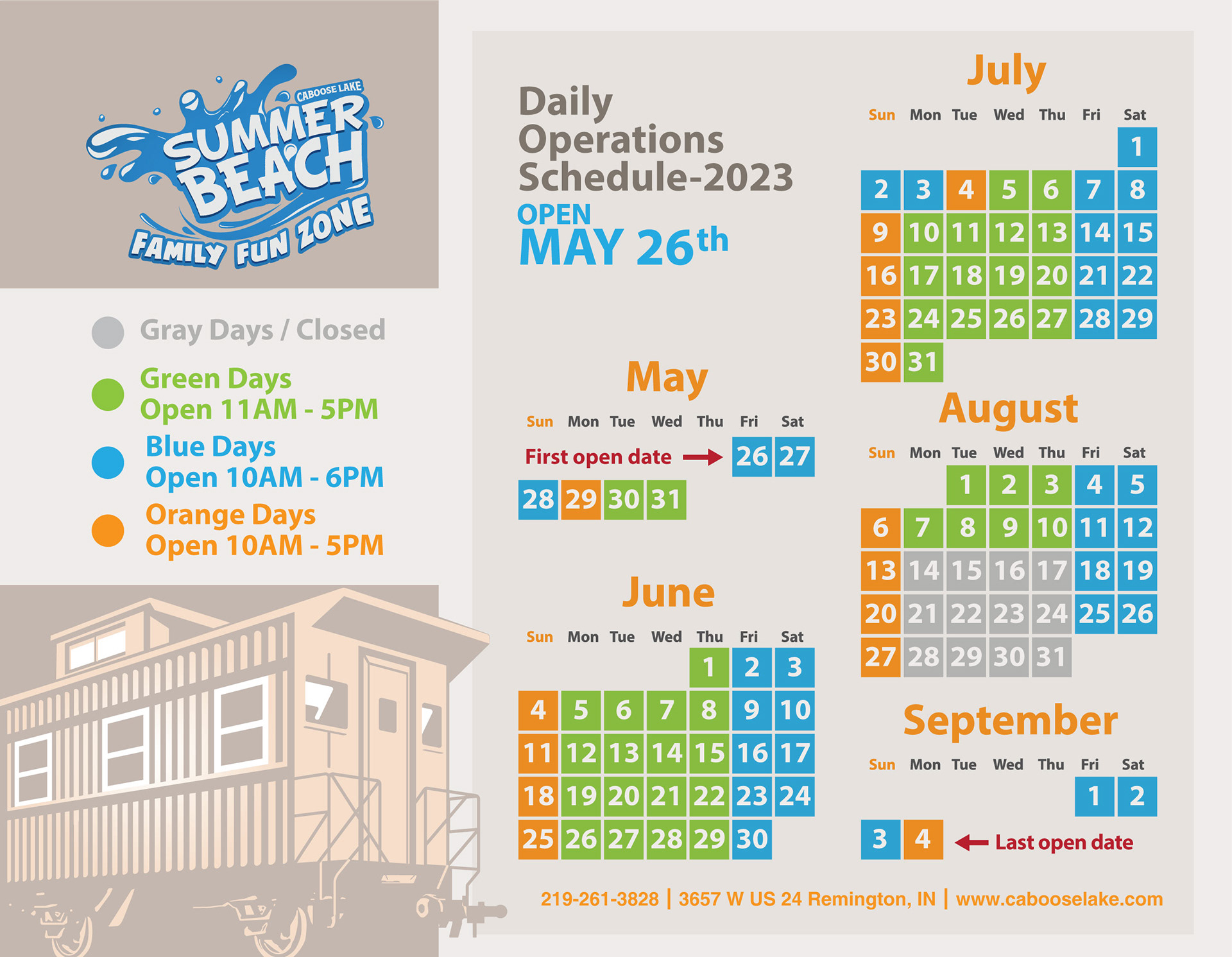
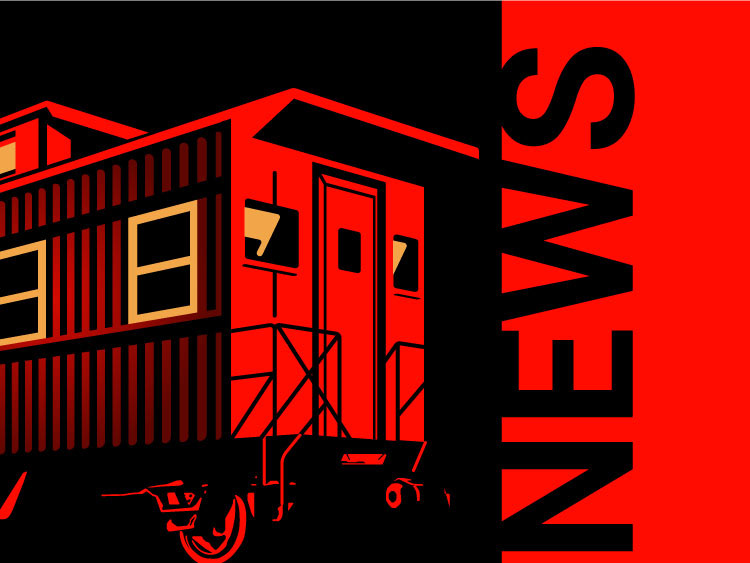
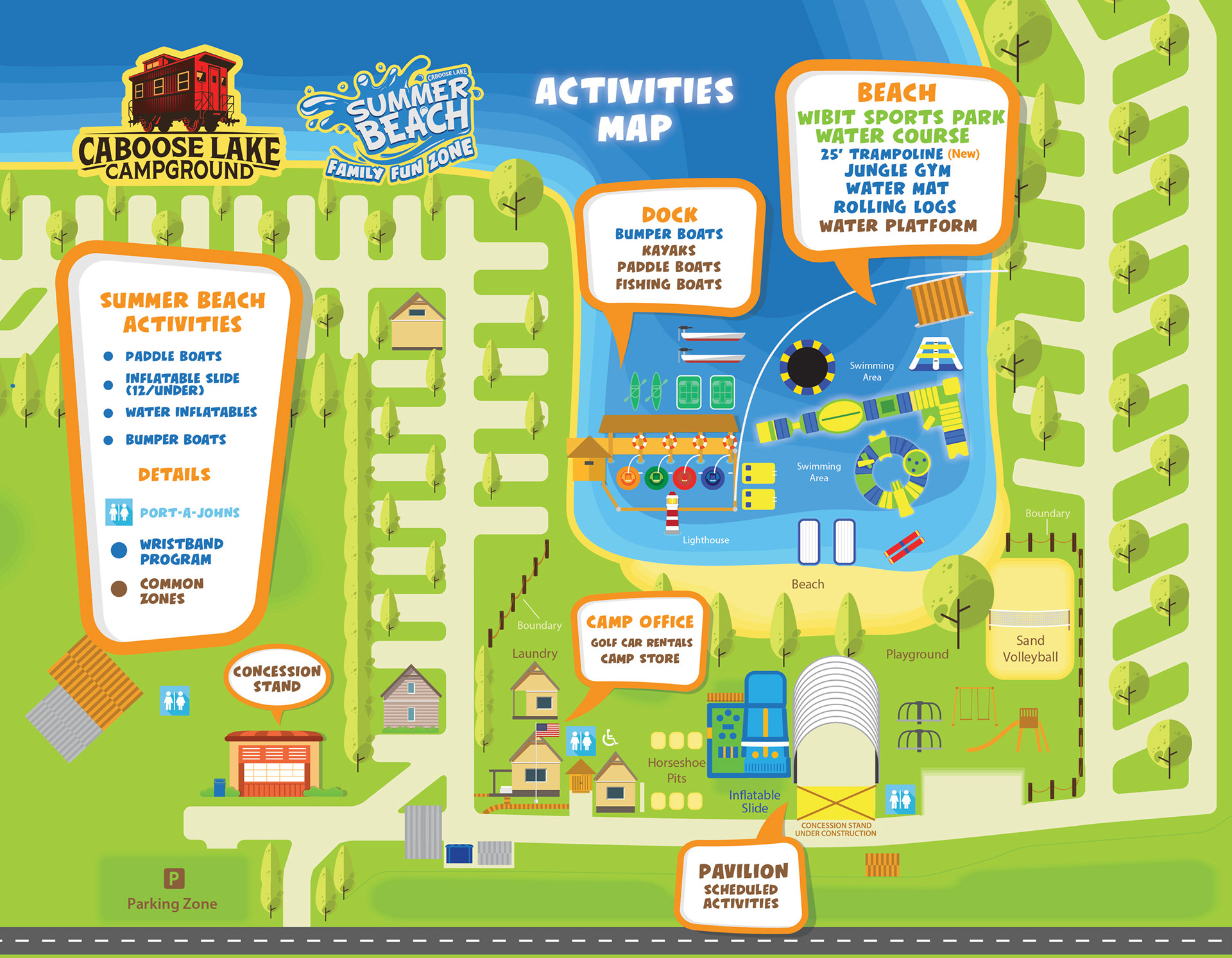
UX/UI Web/App update with New Branding Aesthetic - 2023
Led the design, development, and maintenance of marketing strategies across all
digital communication channels, including one website, three social media networks,
and one newsletter.
digital communication channels, including one website, three social media networks,
and one newsletter.
Caboose Lake Campground Website Structure
The mind map visually organizes the structure of the Caboose Lake Campground website into a clear hierarchy. At the top level, we have the main navigation items: "Home," "The Camp," "Rentals," "Events," and "Contact."
Under "The Camp," there are sub-items including "About Us," "Amenities," "Family Fun Zone," "Rates," "Map of the Camp," and "Reservations."
"Rentals" breaks down into types of accommodations like "Deluxe Log Cabin," "Royal Cabin," "Caboose," "Rustic Cabin," and "Yurts."
"Events" is categorized into "Park Activities," "Area Events," and "Create an Event."
Lastly, "Contact" includes "Reservation & Cancellation Policies," "Contact Us," and "Directions."The diagram also includes sections for "Newsletter Sign-Up," "Virtual Tour," and a "Bottom Sections" category, which encompasses "Important Links," "Contact Information," "Newsletter Subscription," and "Affiliates."
User Journey Cabin Reservations
flowchart visualizes the user journey for reserving a Deluxe Log Cabin at the Caboose Lake Campground with a color-coded scheme. The steps are as follows:
Start: Homepage (Red)
The journey begins at the homepage.
Select 'Rentals' then 'Deluxe Log Cabin' (Red)
The user selects the 'Rentals' category and then chooses the 'Deluxe Log Cabin'.
Deluxe Log Cabin Page (Red)
The user is directed to the page detailing the Deluxe Log Cabin.
Click 'Click here for reservations' (Red)
The user clicks on the link to make a reservation.
Reservations Information Page (Red)
The user reads through the reservation information.
Read Information and Click 'Reserve Now' (Red)
After understanding the details, the user clicks 'Reserve Now'.
Reservation System: Step 1 (Yellow)
The user enters the reservation system and selects the dates and rental type.
Reservation System: Step 2: Select by Map/Grid (Yellow)
The user selects the cabin by using either the site map or the availability grid.
Choose Available Date and Cabin (Yellow)
The user picks an available date and specific cabin.
Reservation System: Step 3: Shopping Cart (Yellow)
The user reviews their selection in the shopping cart.
Confirm Selection (Yellow)
The user confirms their cabin selection.
Reservation System: Step 4: Enter Payment Details (Green)
The user enters their payment details.
Checkout with Credit Card (Green)
The user completes the checkout process with their credit card.
End: Reservation Confirmed (Green)
The reservation is confirmed, concluding the journey.
Payment User Journey Flow Chart
The flowchart's color coding emphasizes the progression through the reservation process, from initial information gathering (in red) to selecting and confirming the reservation (in yellow), and finally, the payment and confirmation (in green).
AI Generative Artwork Halloween Season - 2023
Illustrations created with a custom Clip-Guided Diffusion Model in Stable diffusion XL and prompt engineering in Midjourney, final details in adobe photoshop.
Directed the design and production of more than 2,000 graphic and audiovisual
contents essential for the execution of marketing strategies across multiple channels
contents essential for the execution of marketing strategies across multiple channels
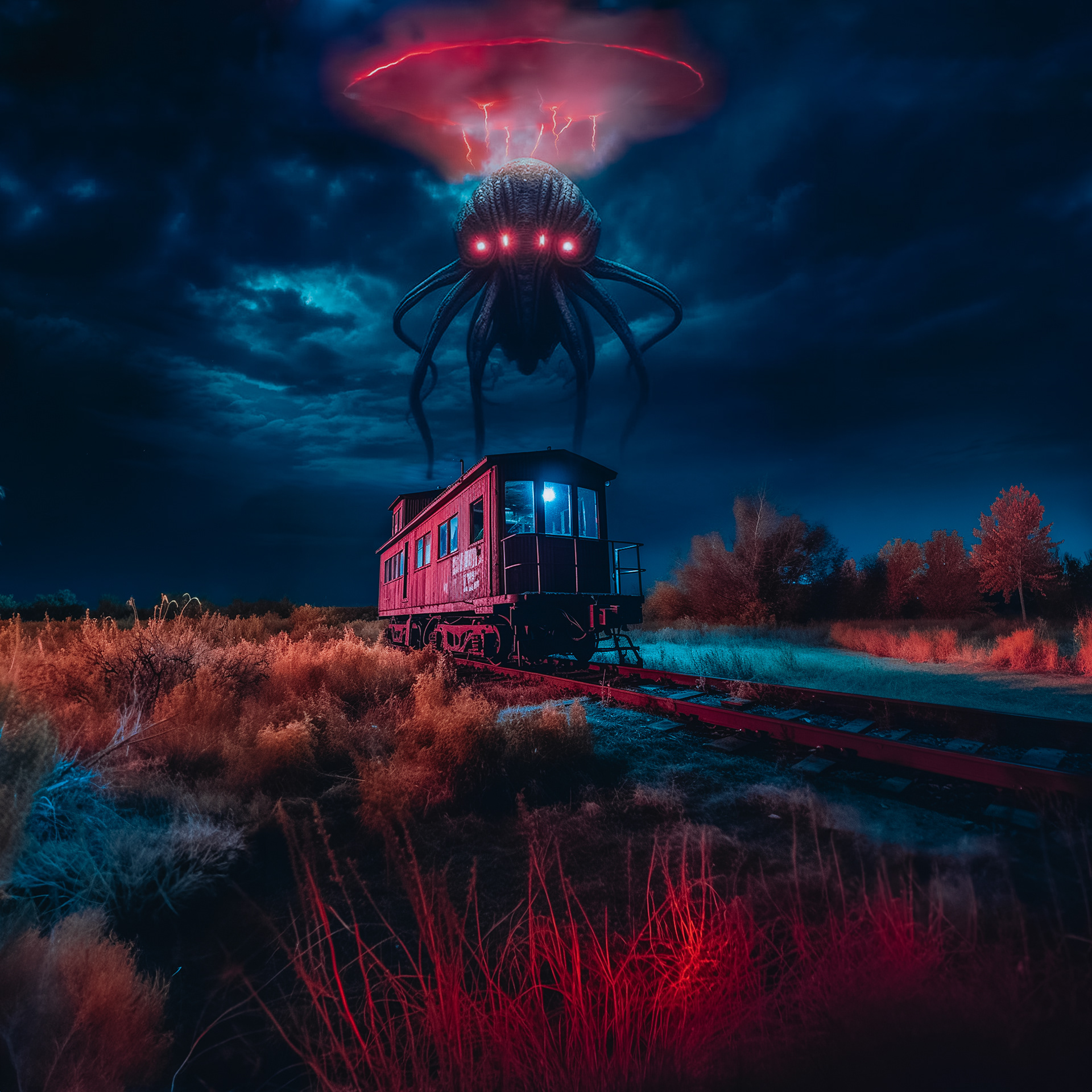
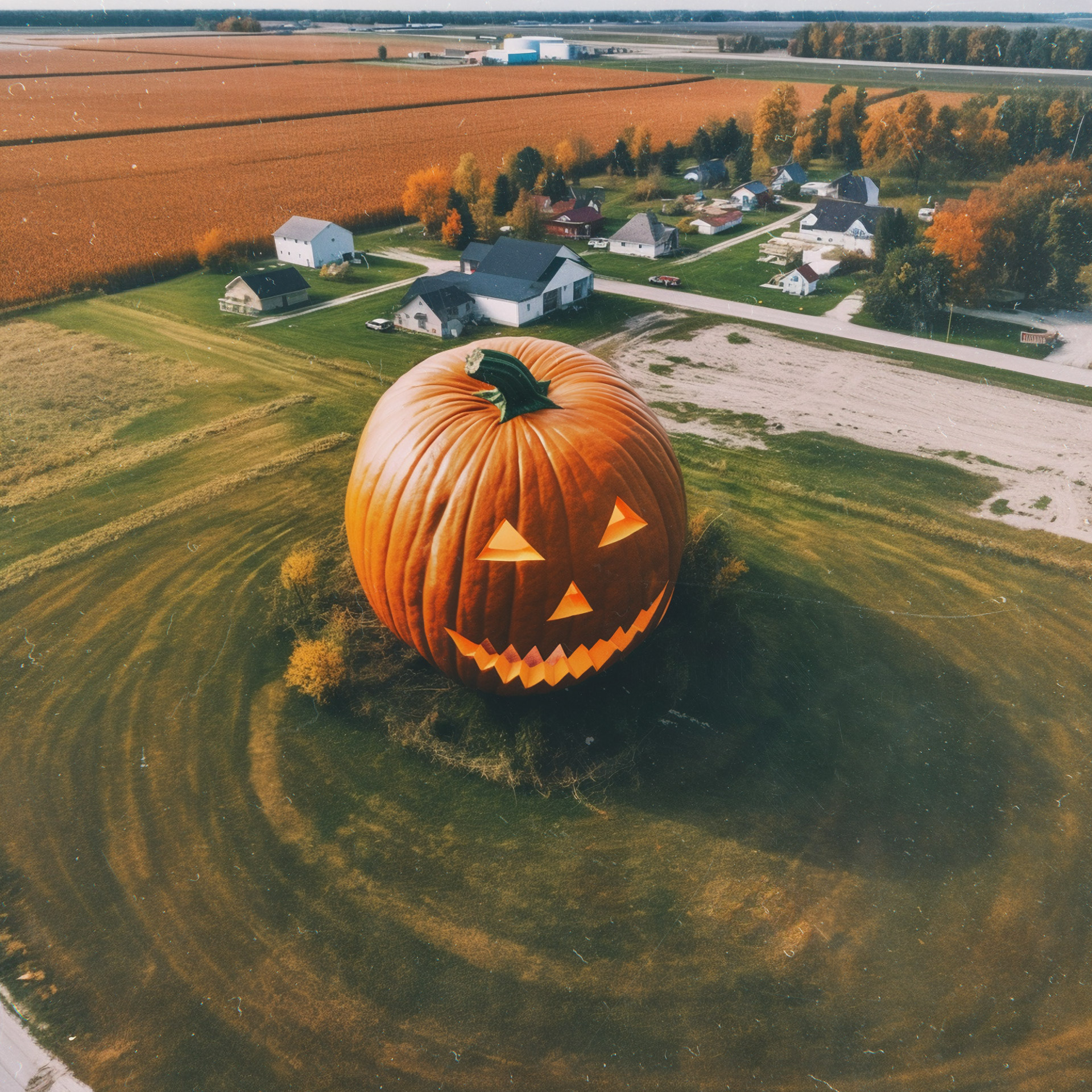
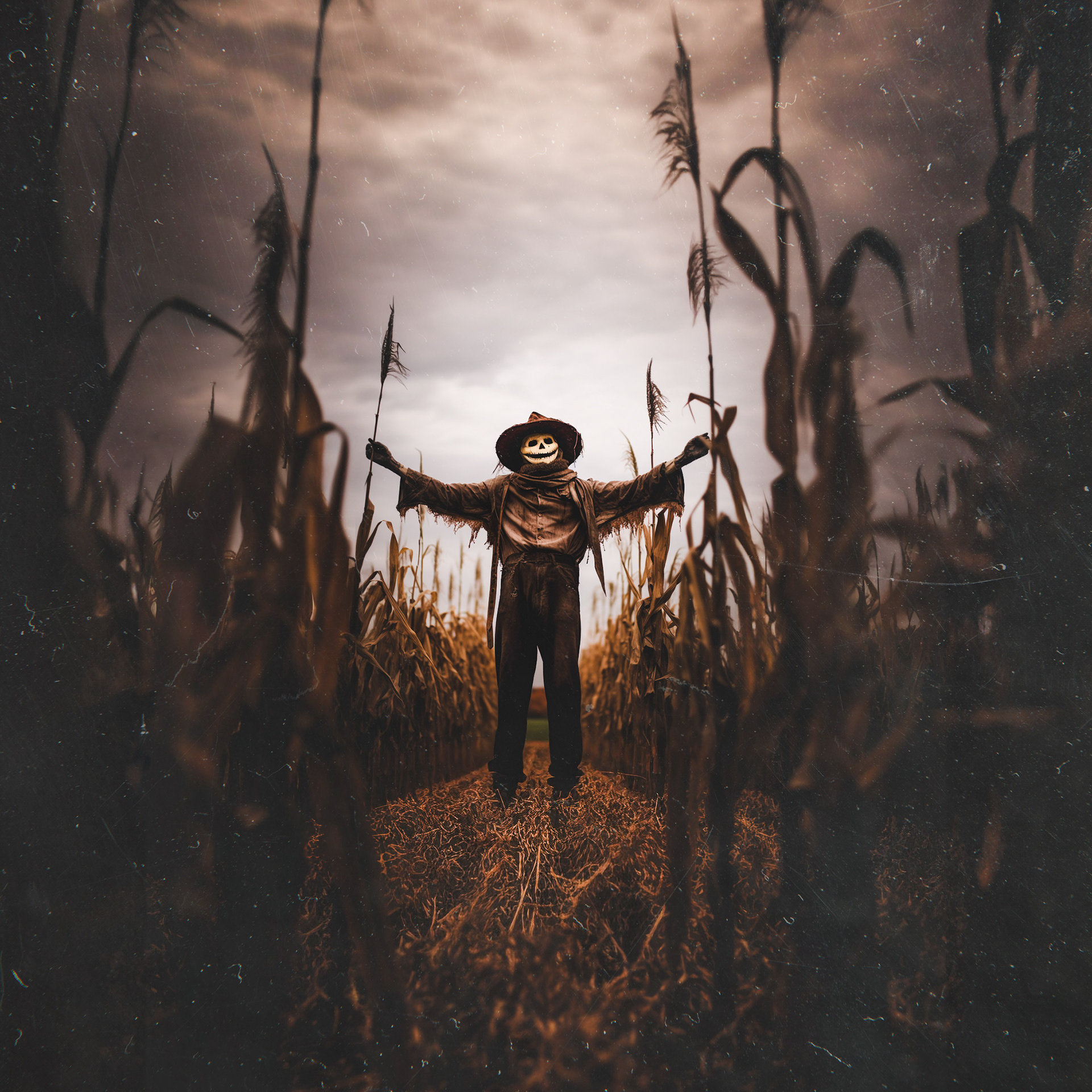
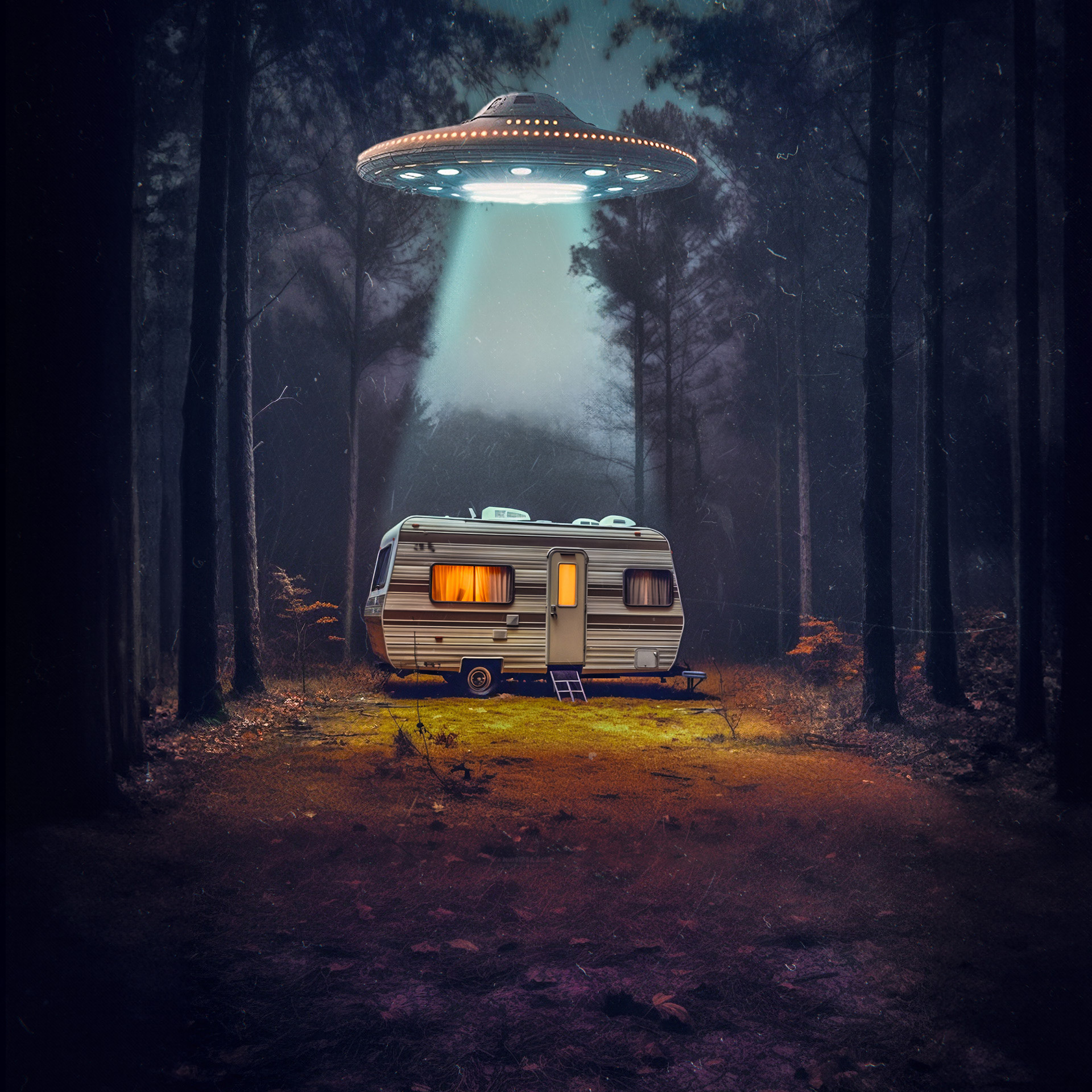
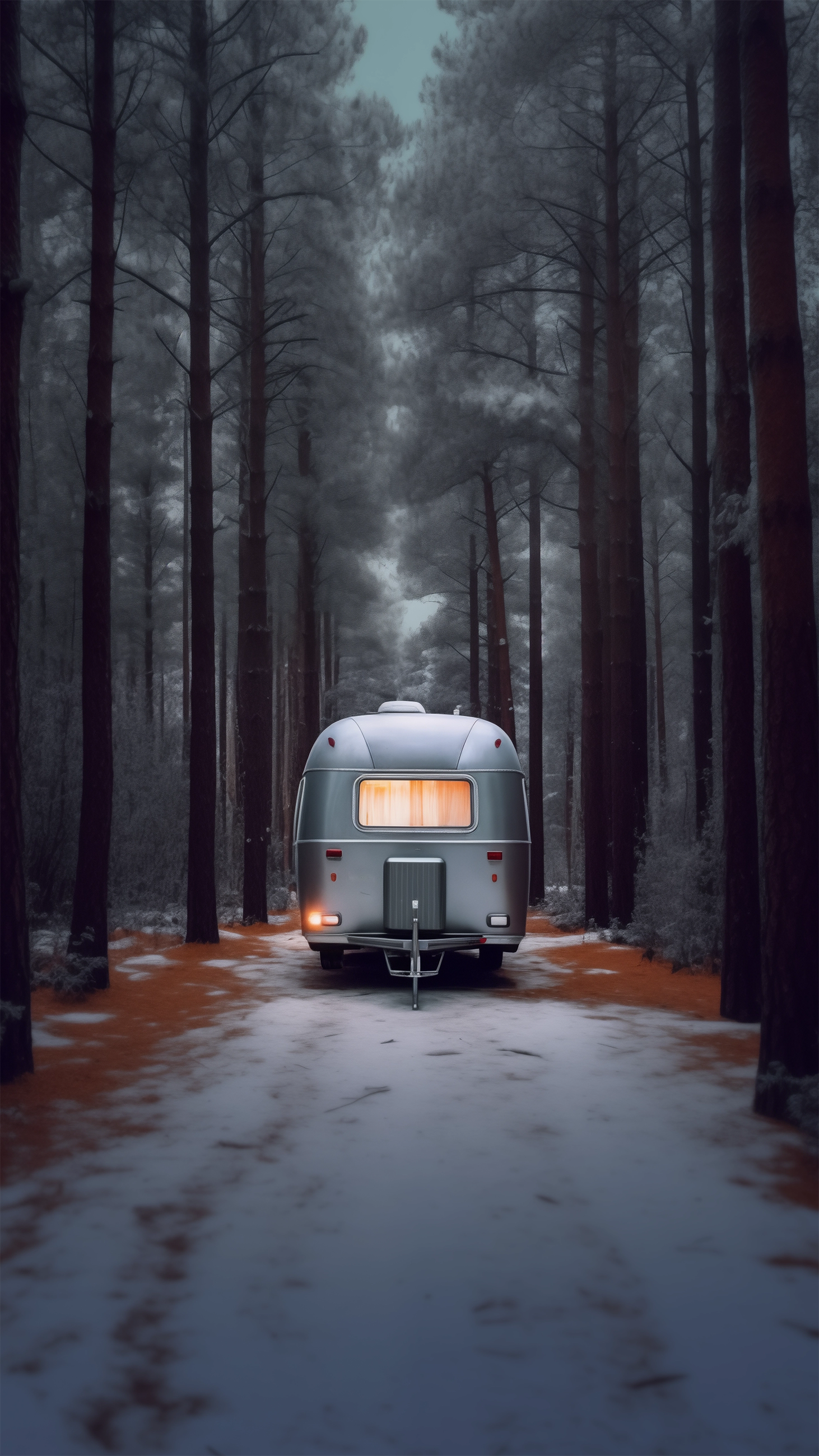
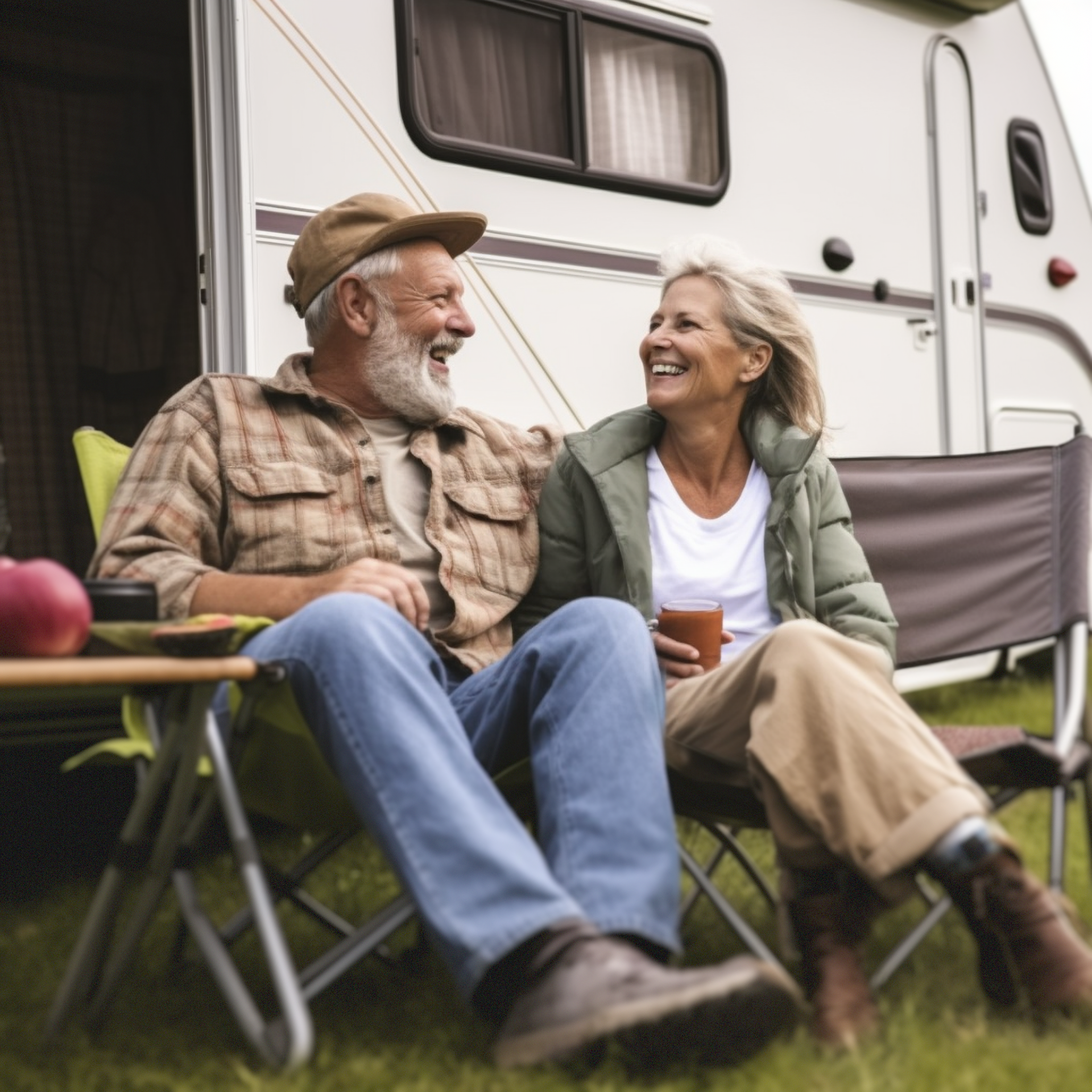
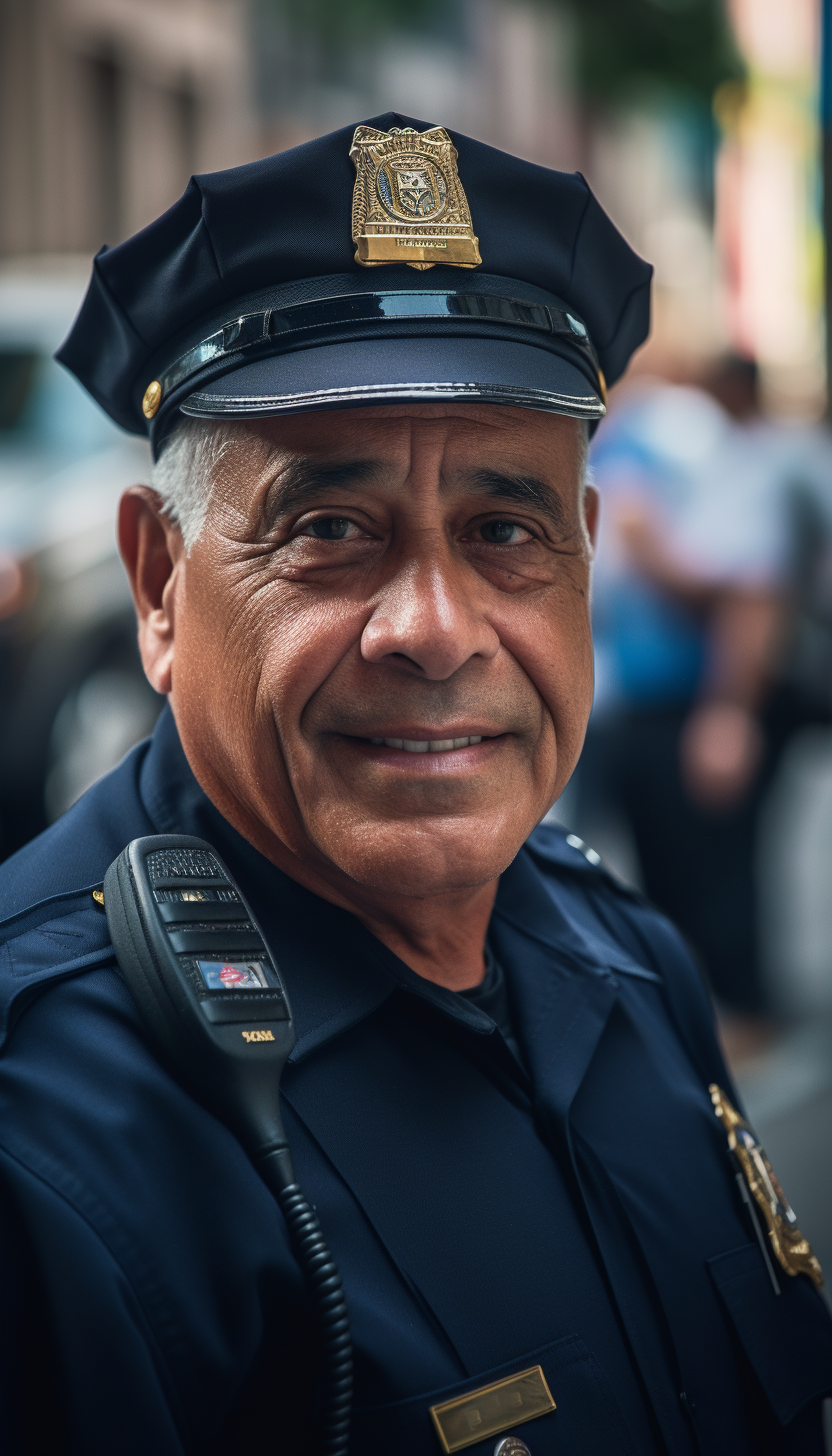
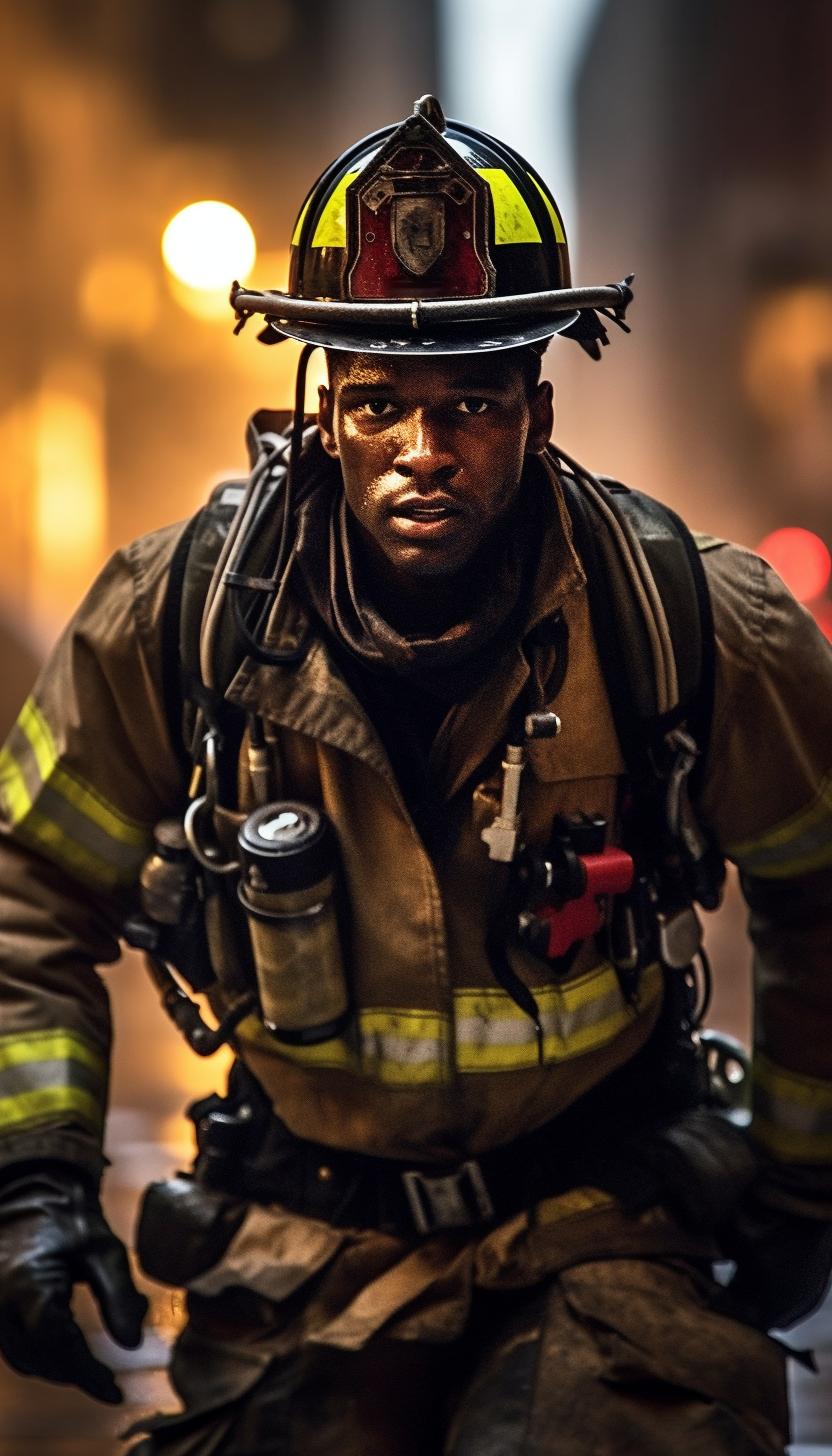
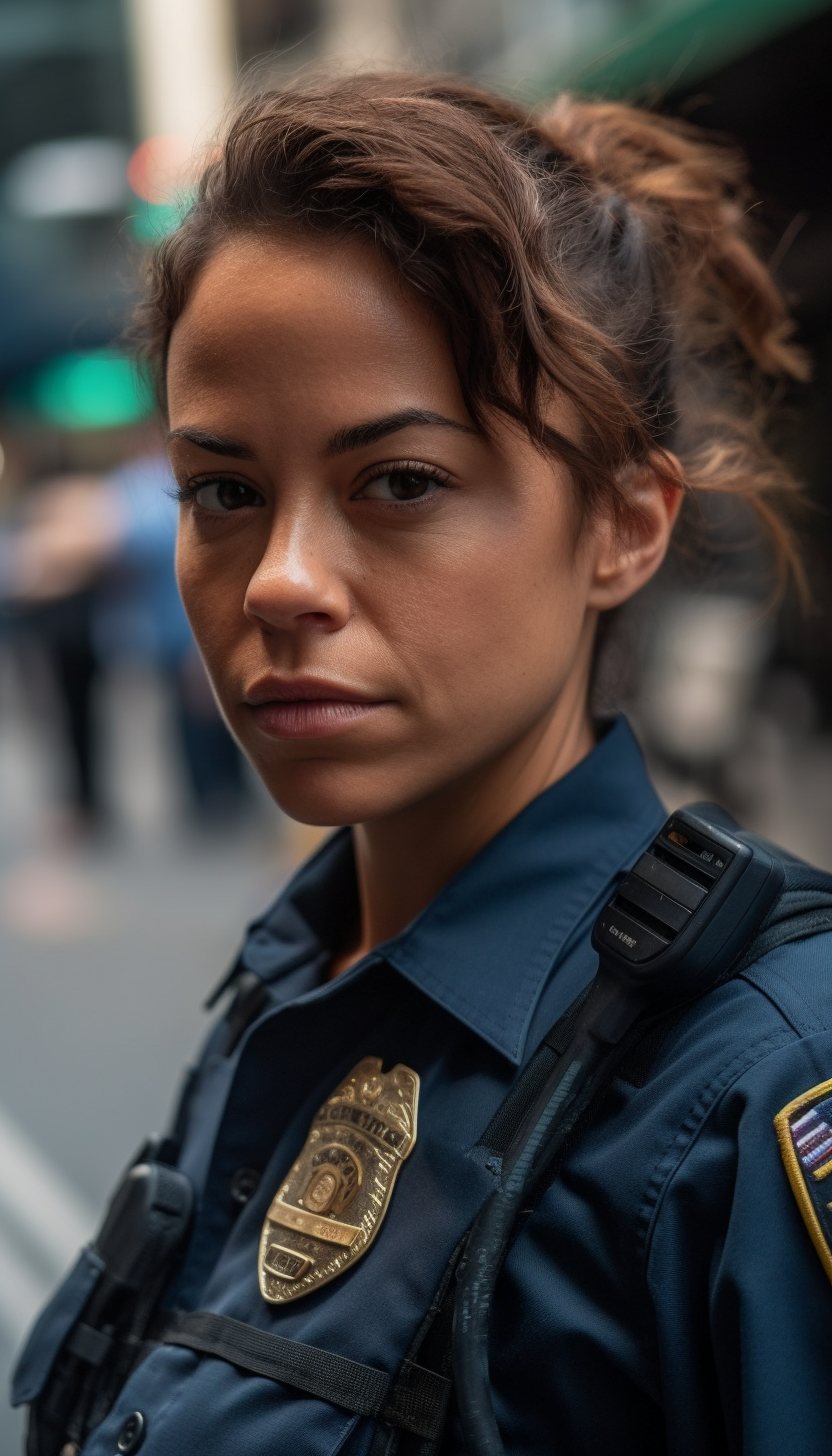
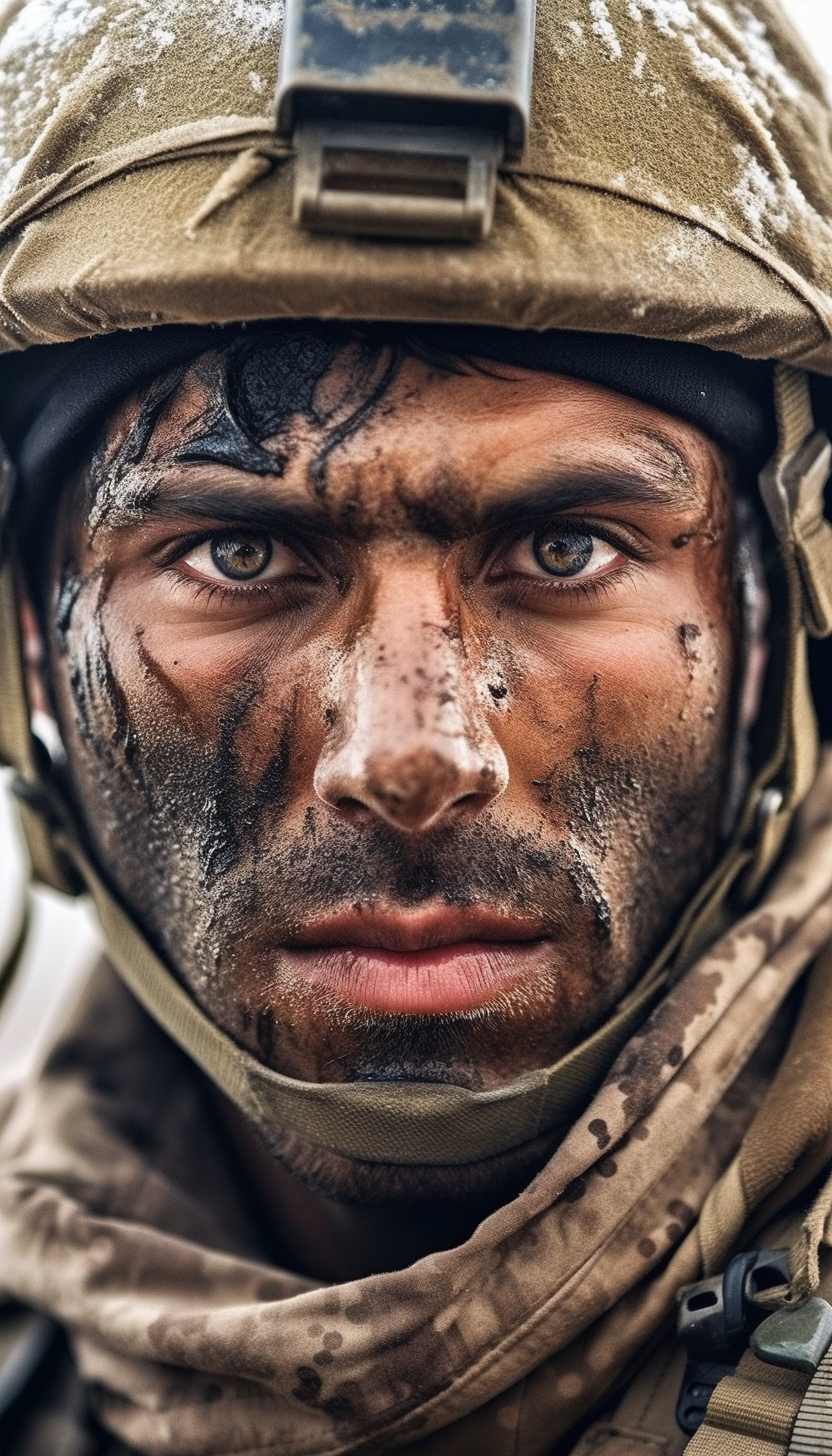
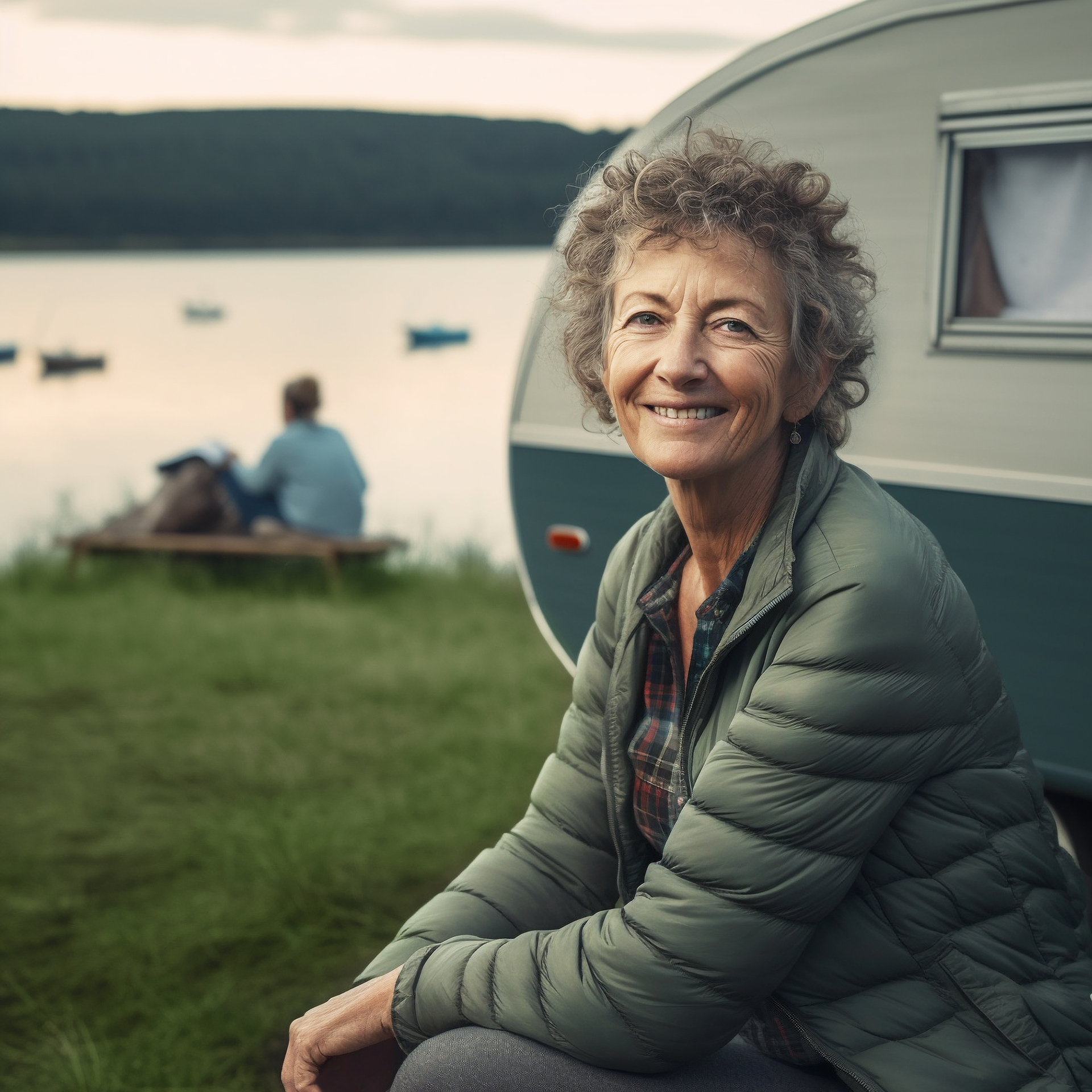
Web Design - UX/UI - CMS - 2018
UX/UI Web/App Design based on Agile design methodology.
Carlos Quiñonez was the Software Developer (front/back-end)
Carlos Quiñonez was the Software Developer (front/back-end)
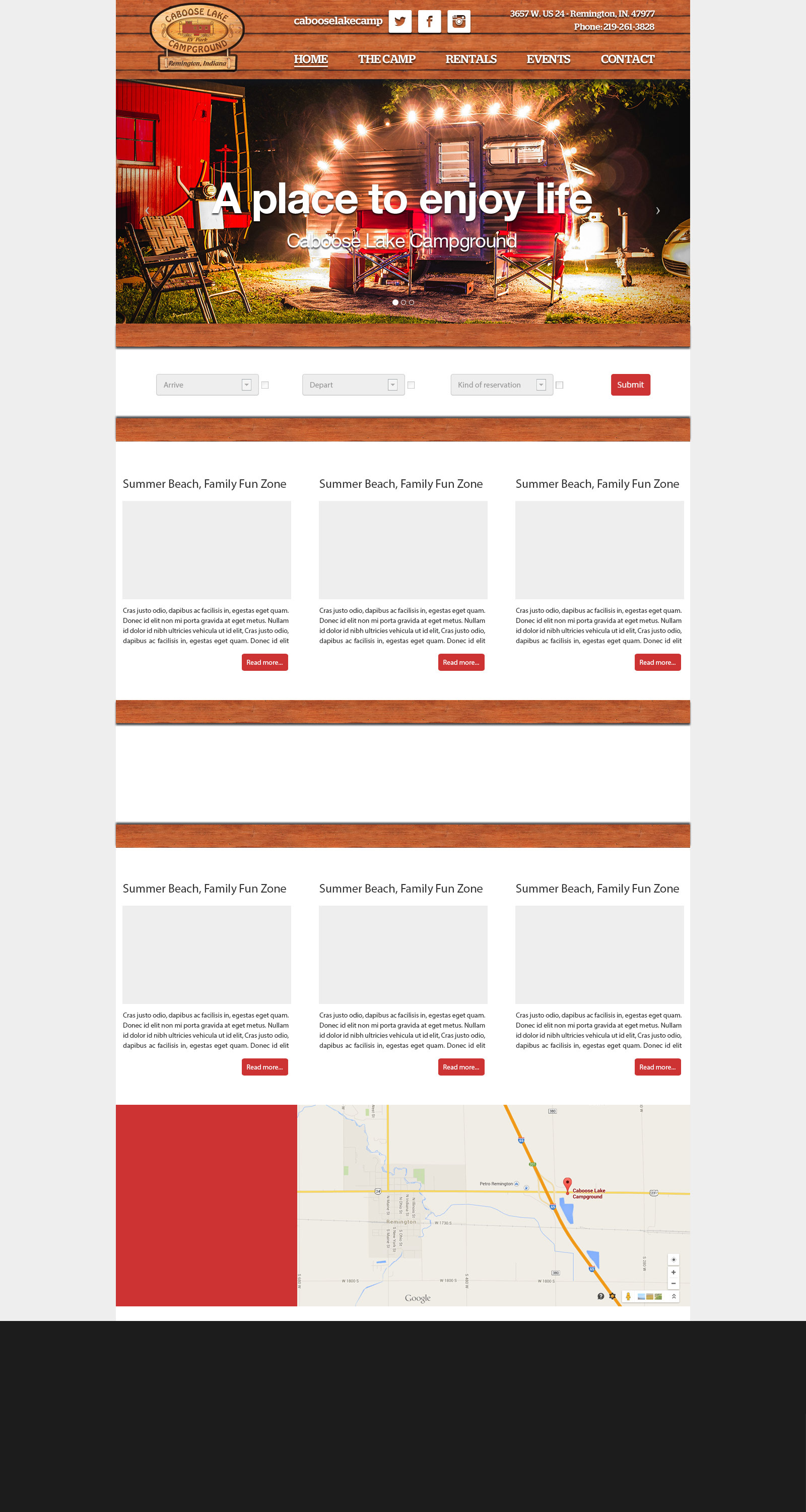
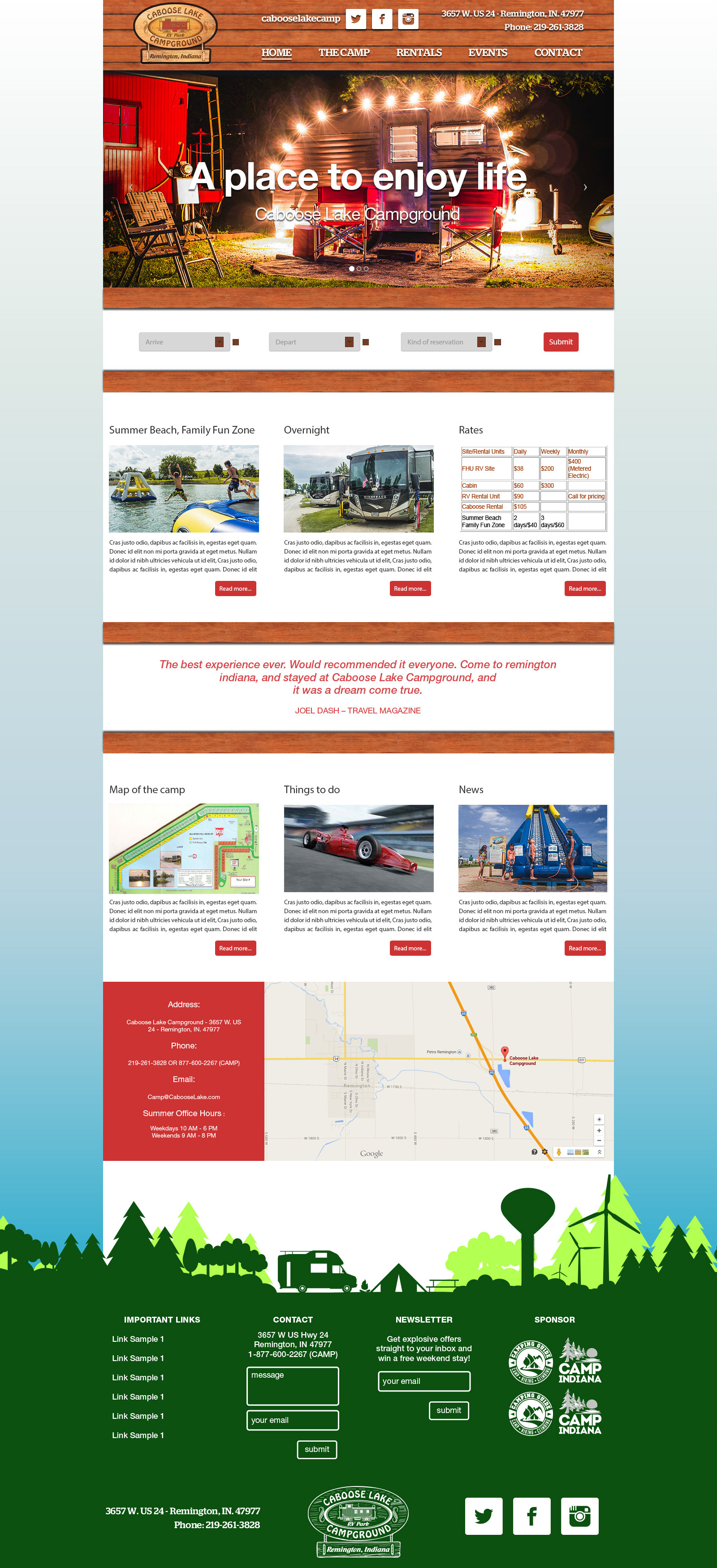
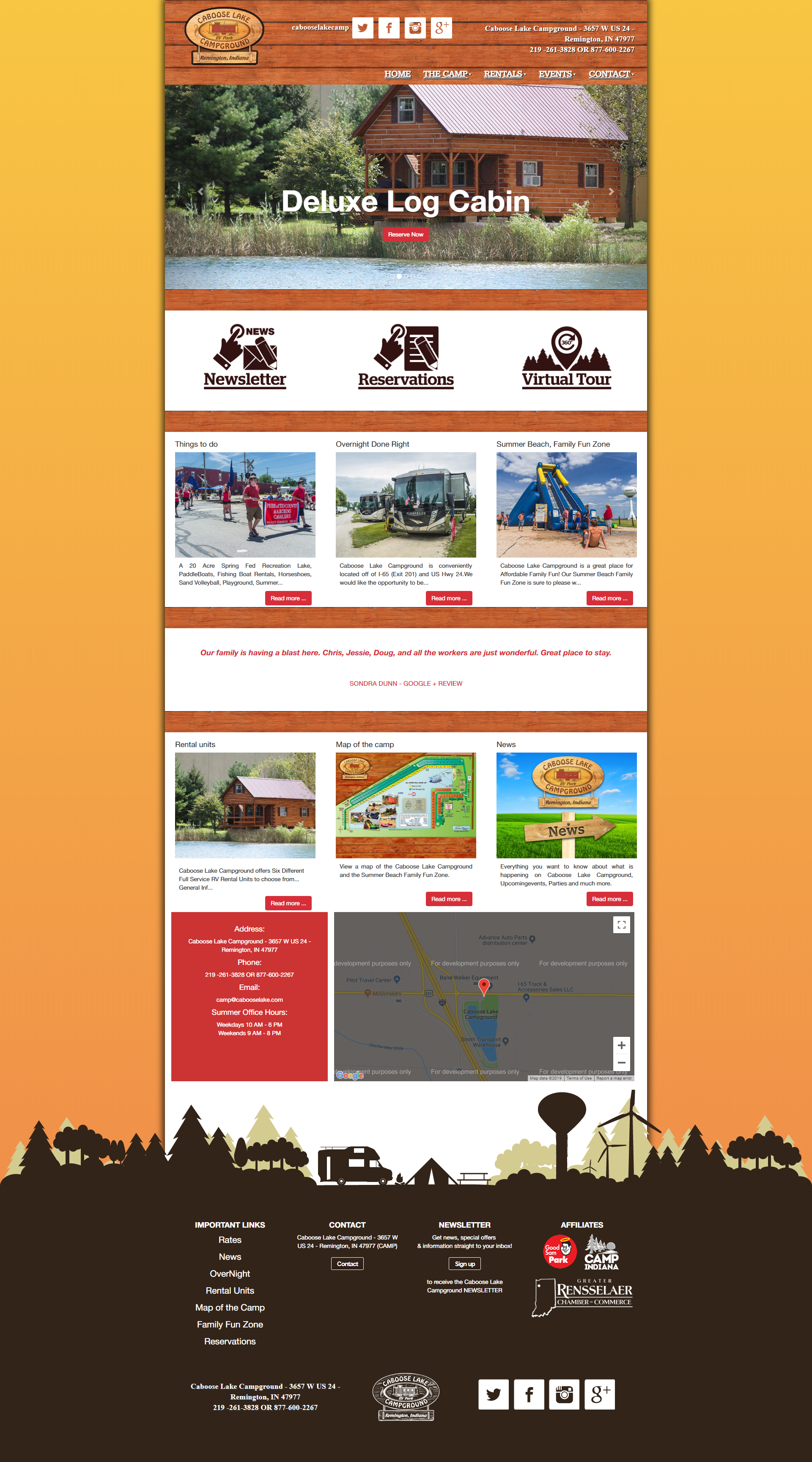
website cabooselake.com

Reservations Cabooselake.com
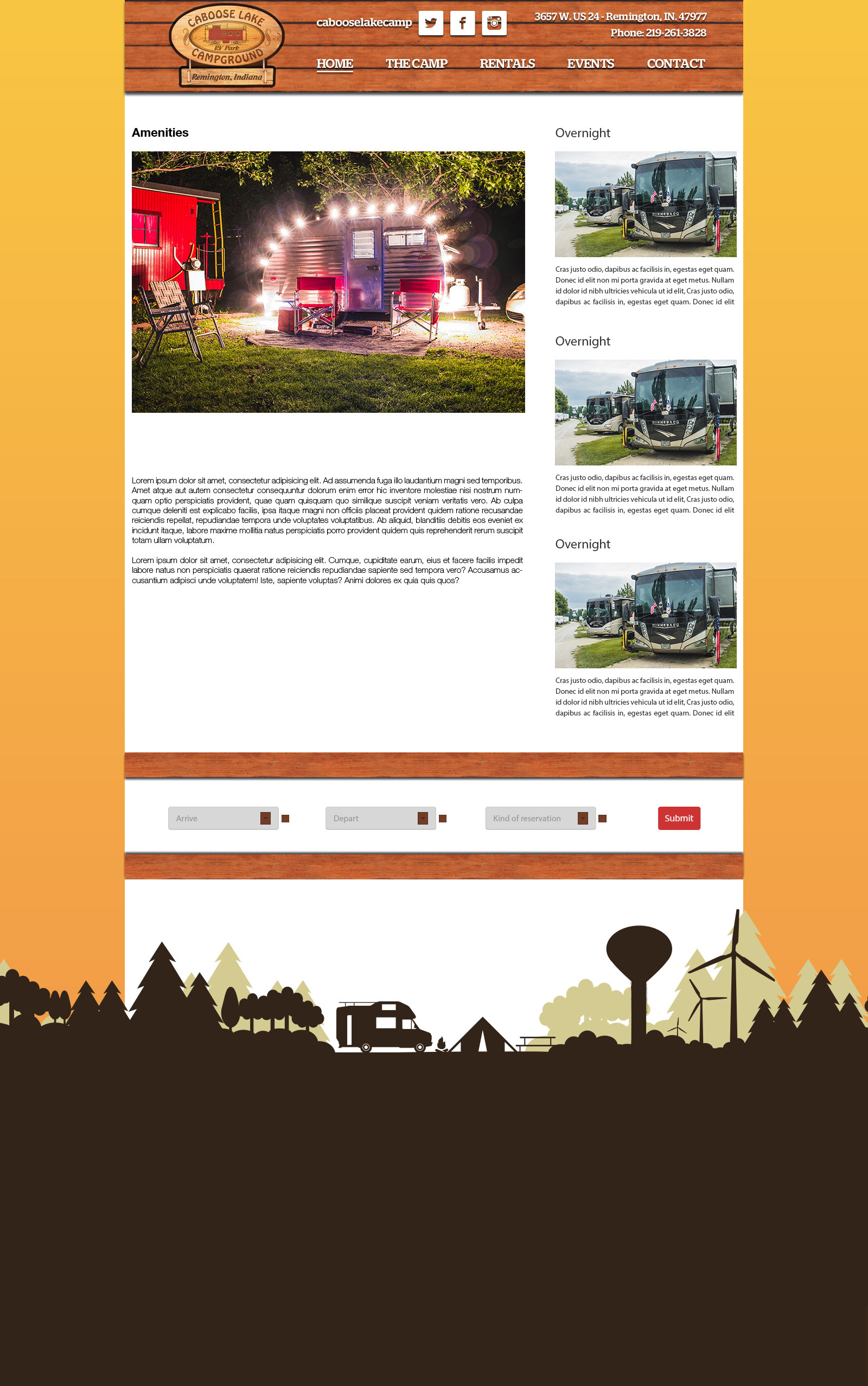
Article Structure Caboose website
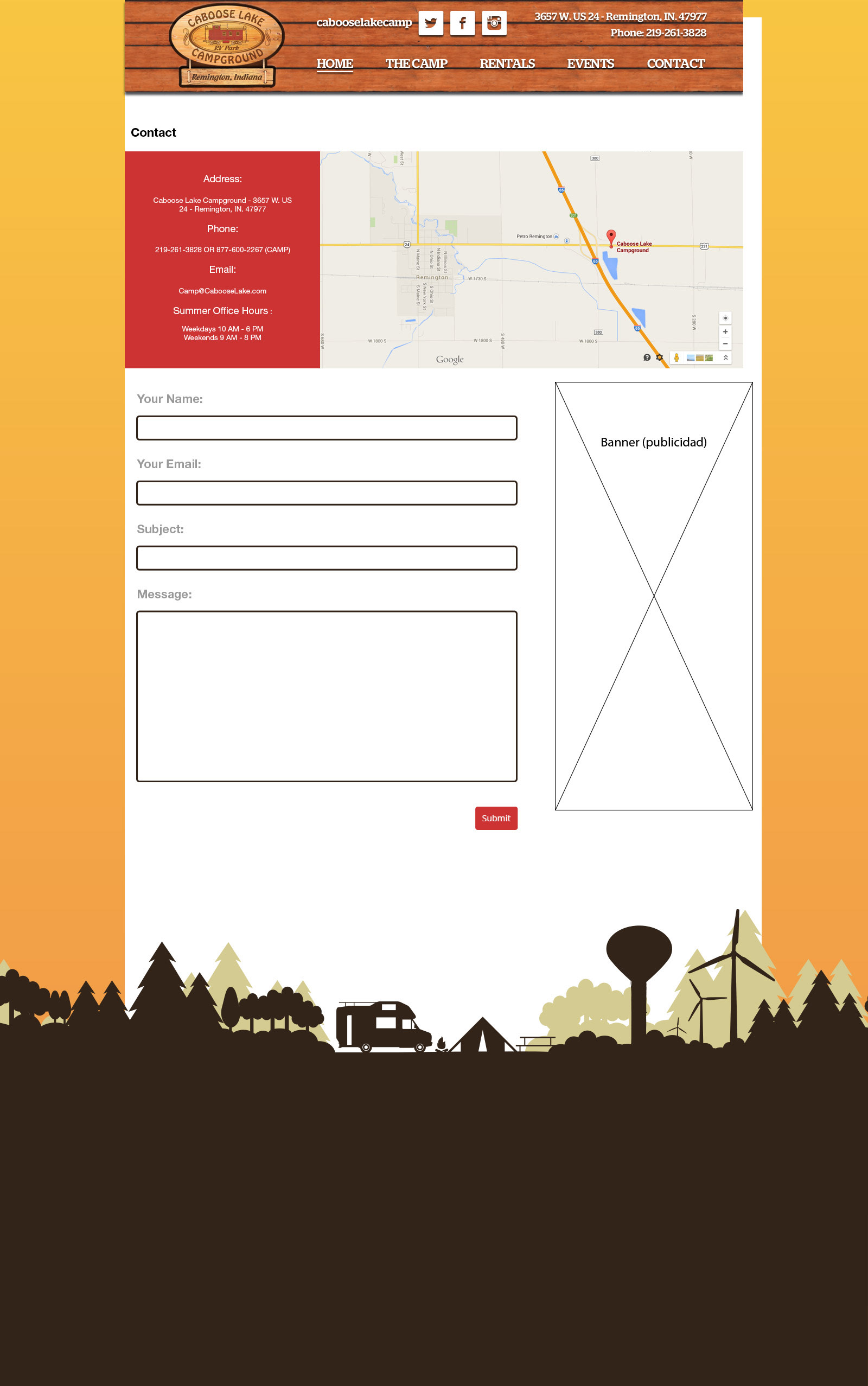
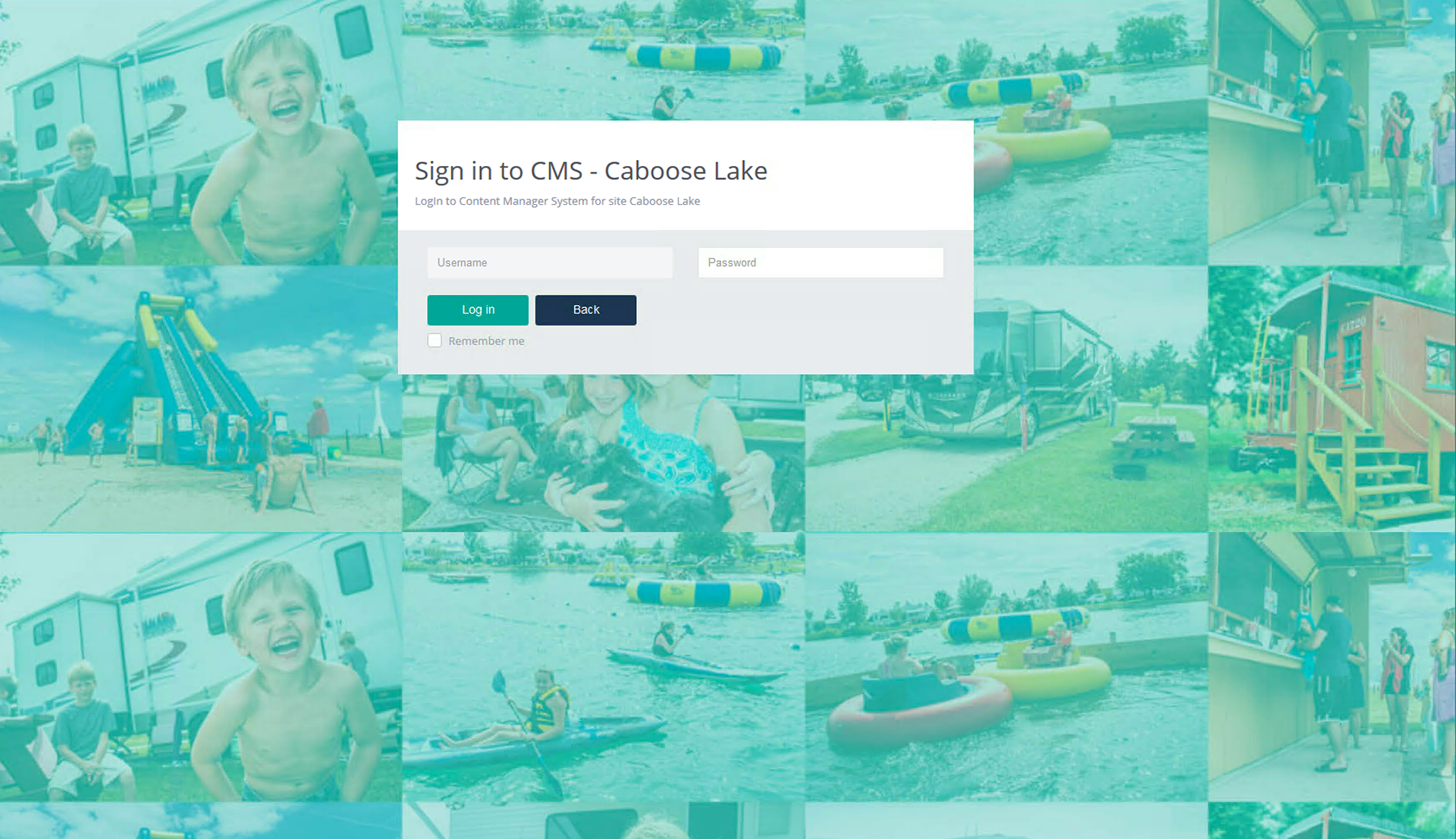
Backend Login
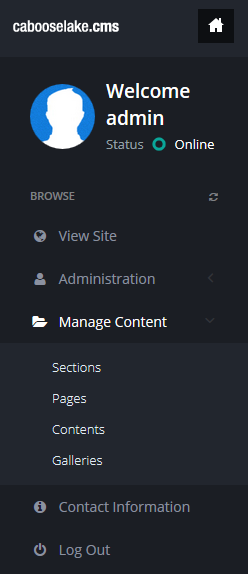
Menu Navigation
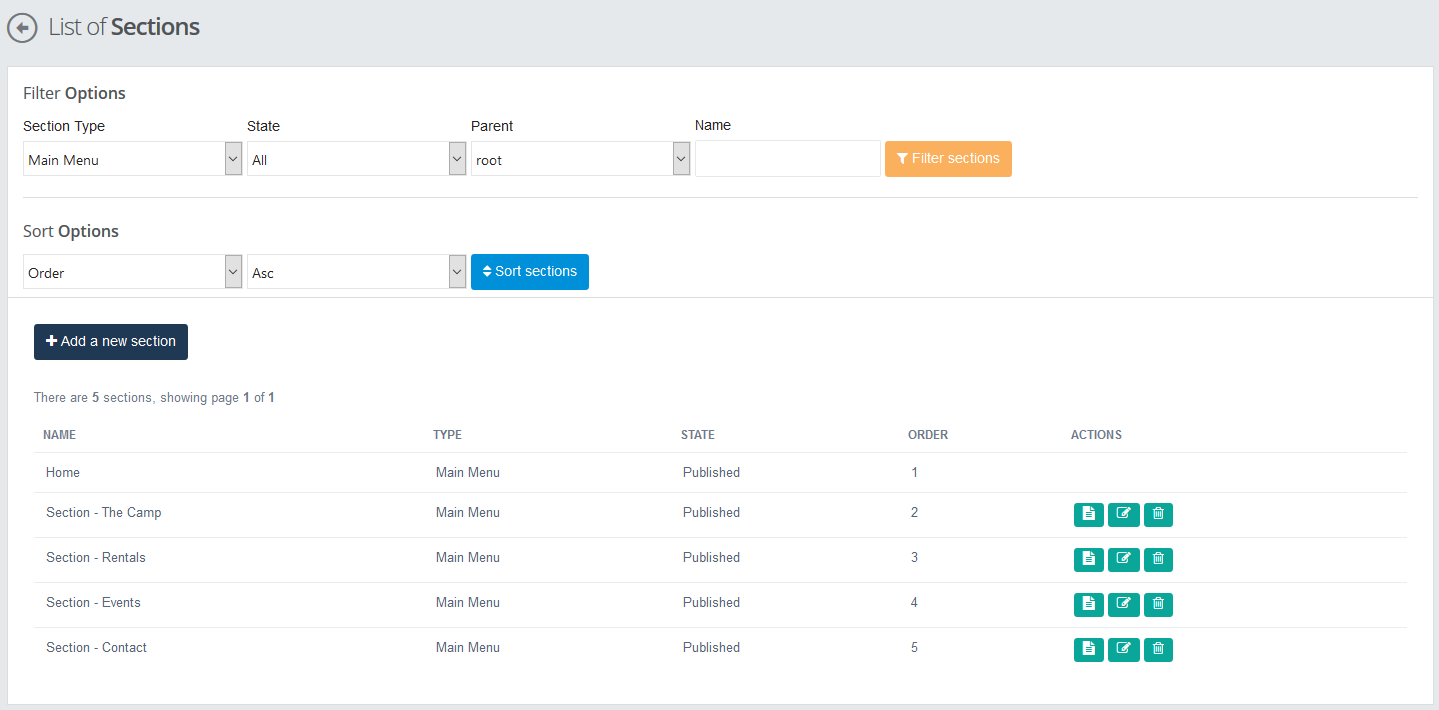
Sections

Branding and Communication
June 2014 - September 2020

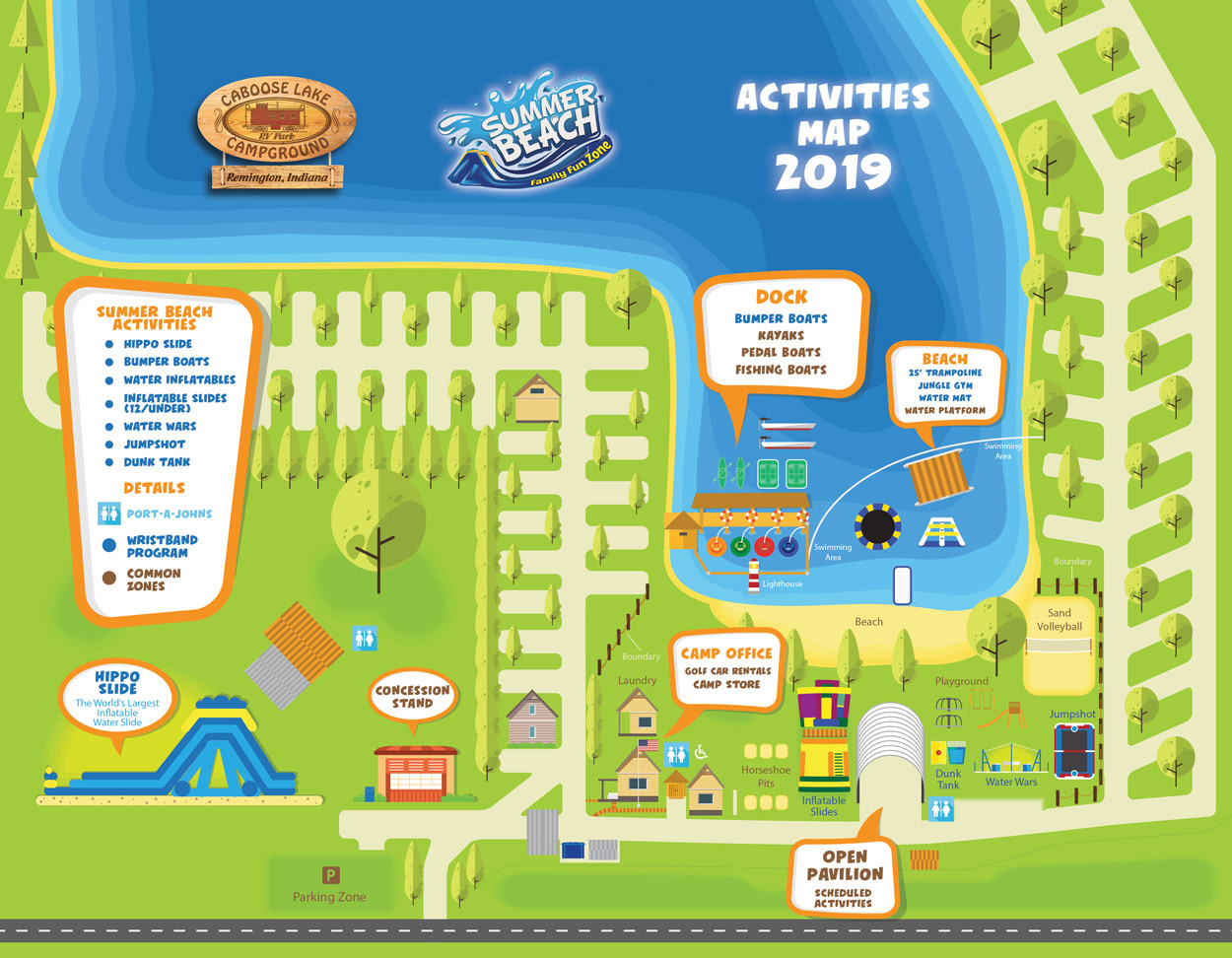

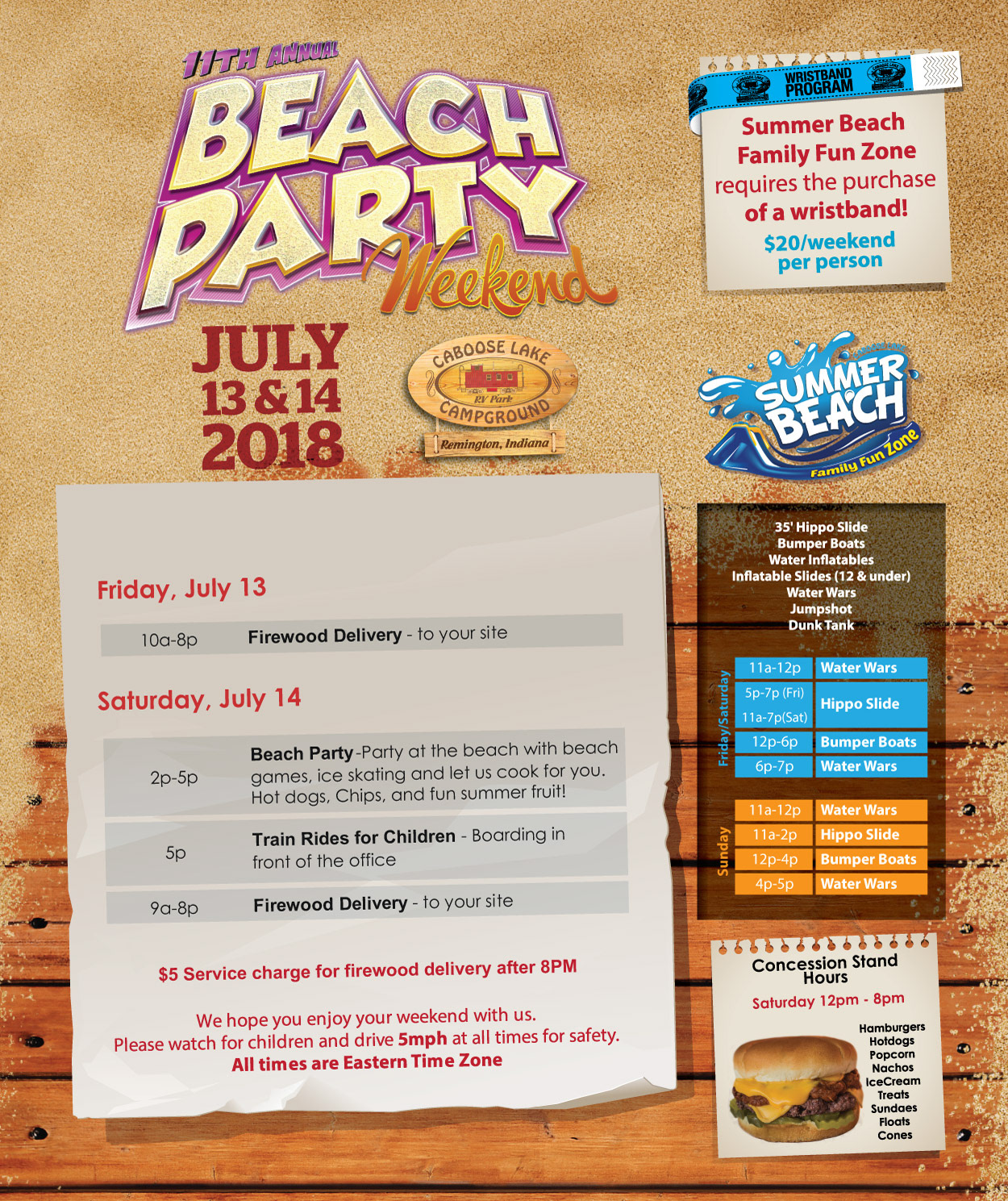
Flyers and Social media ads
June 2014 - September 2020
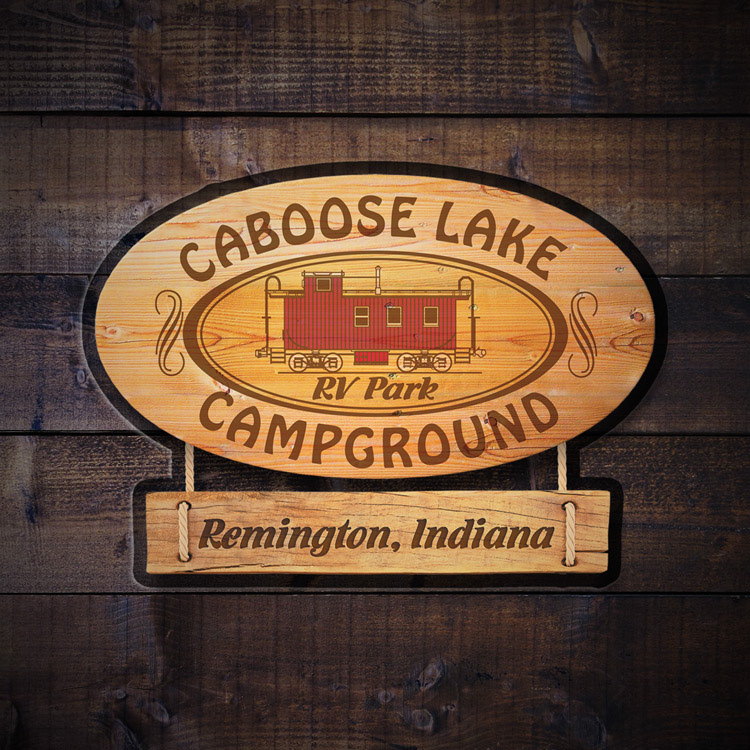
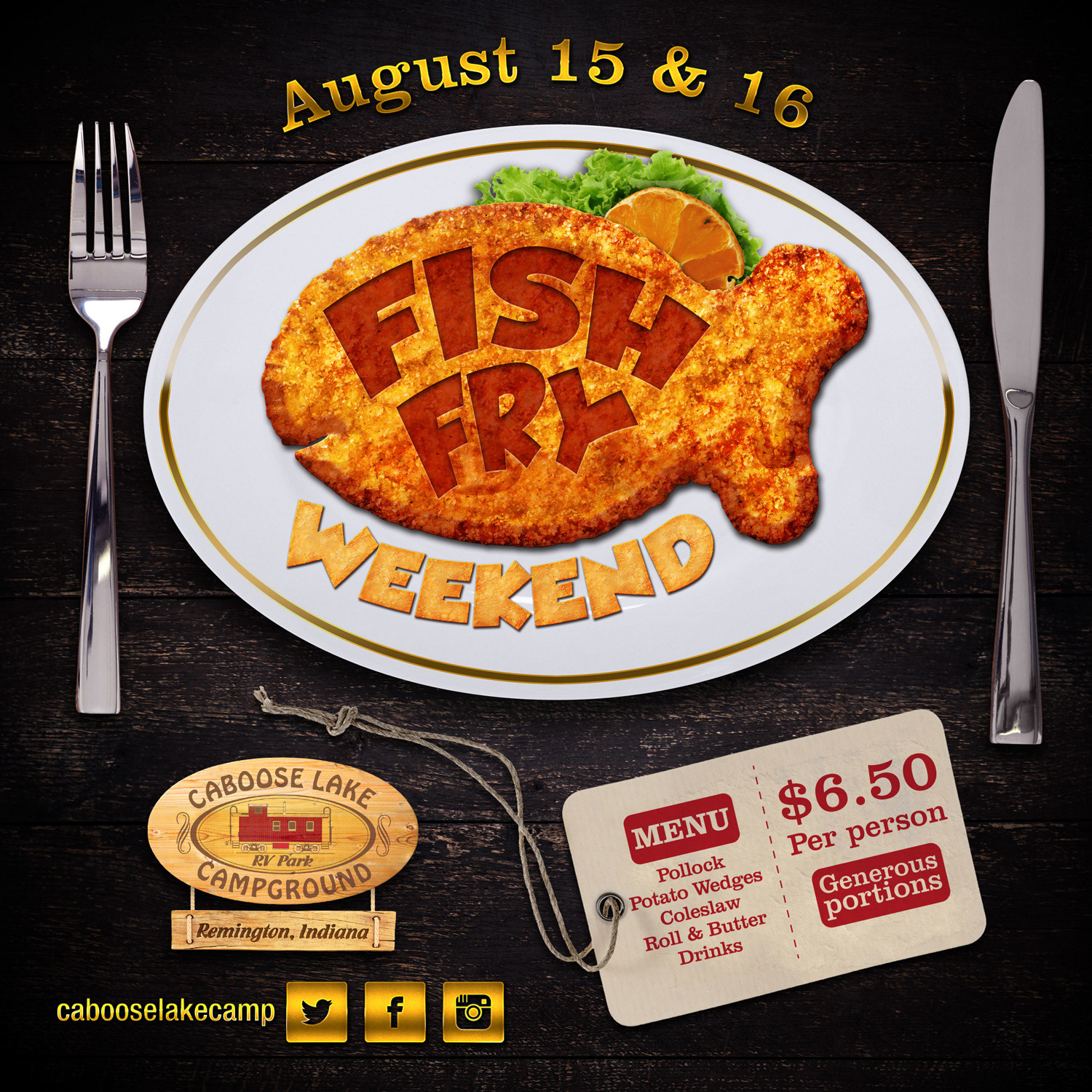
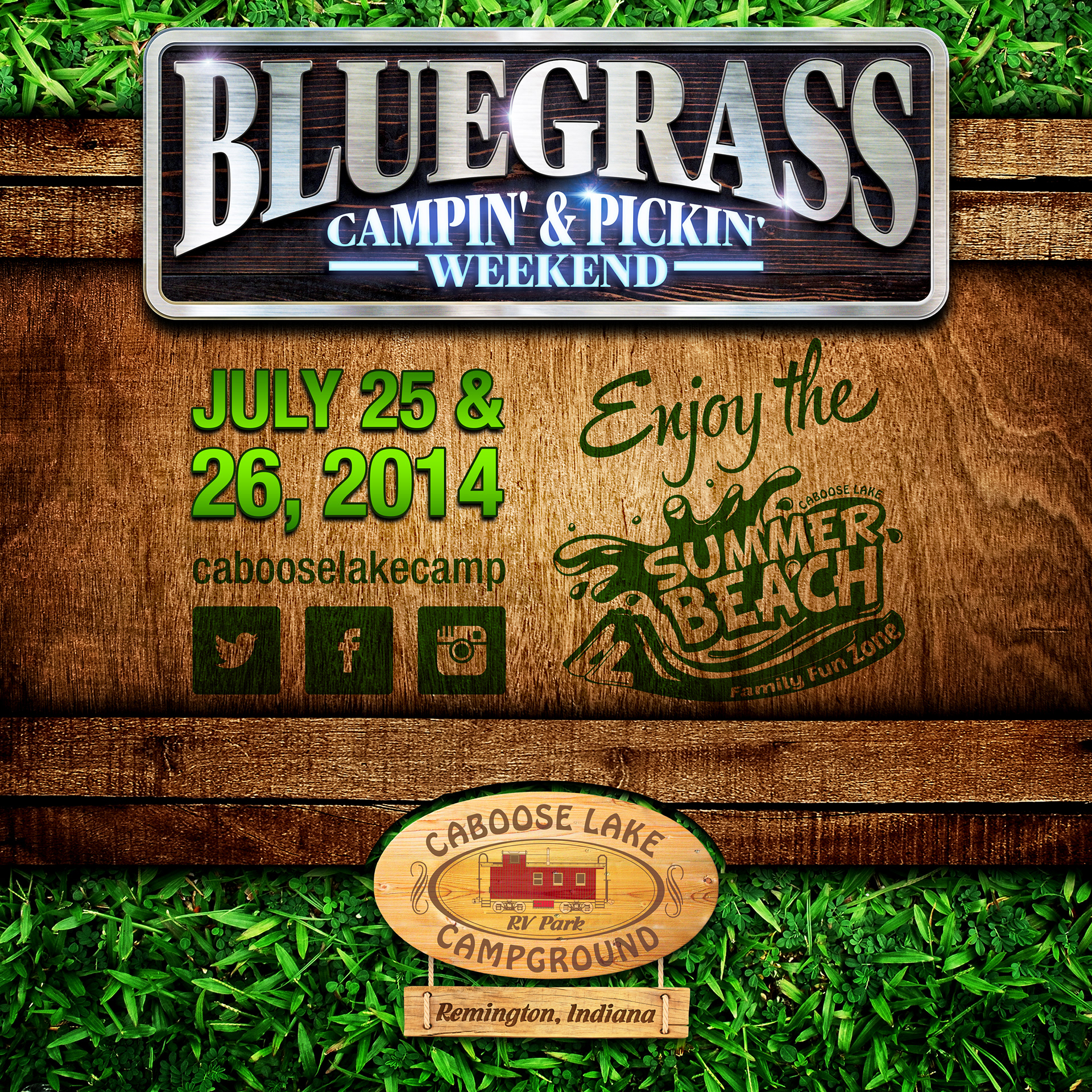
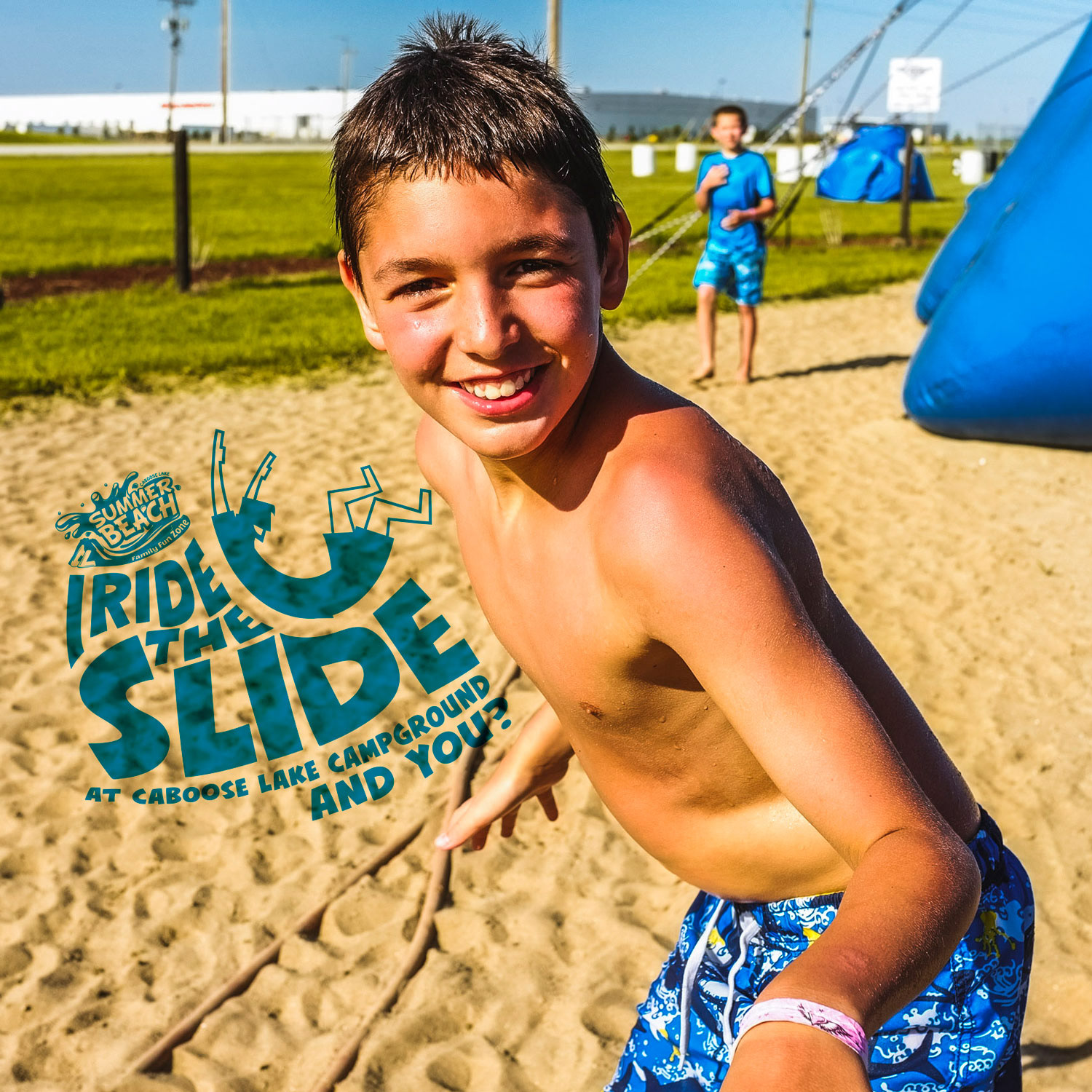
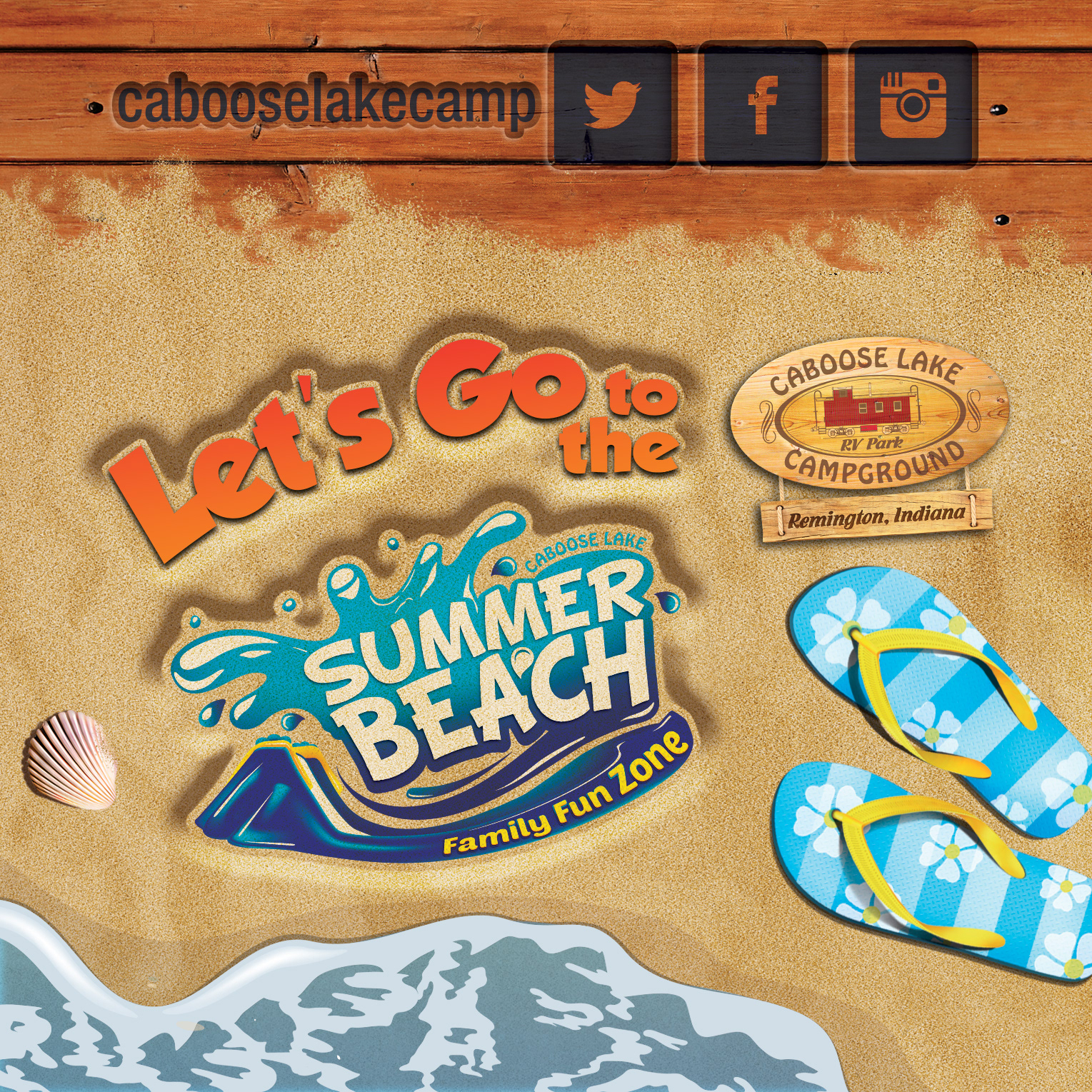
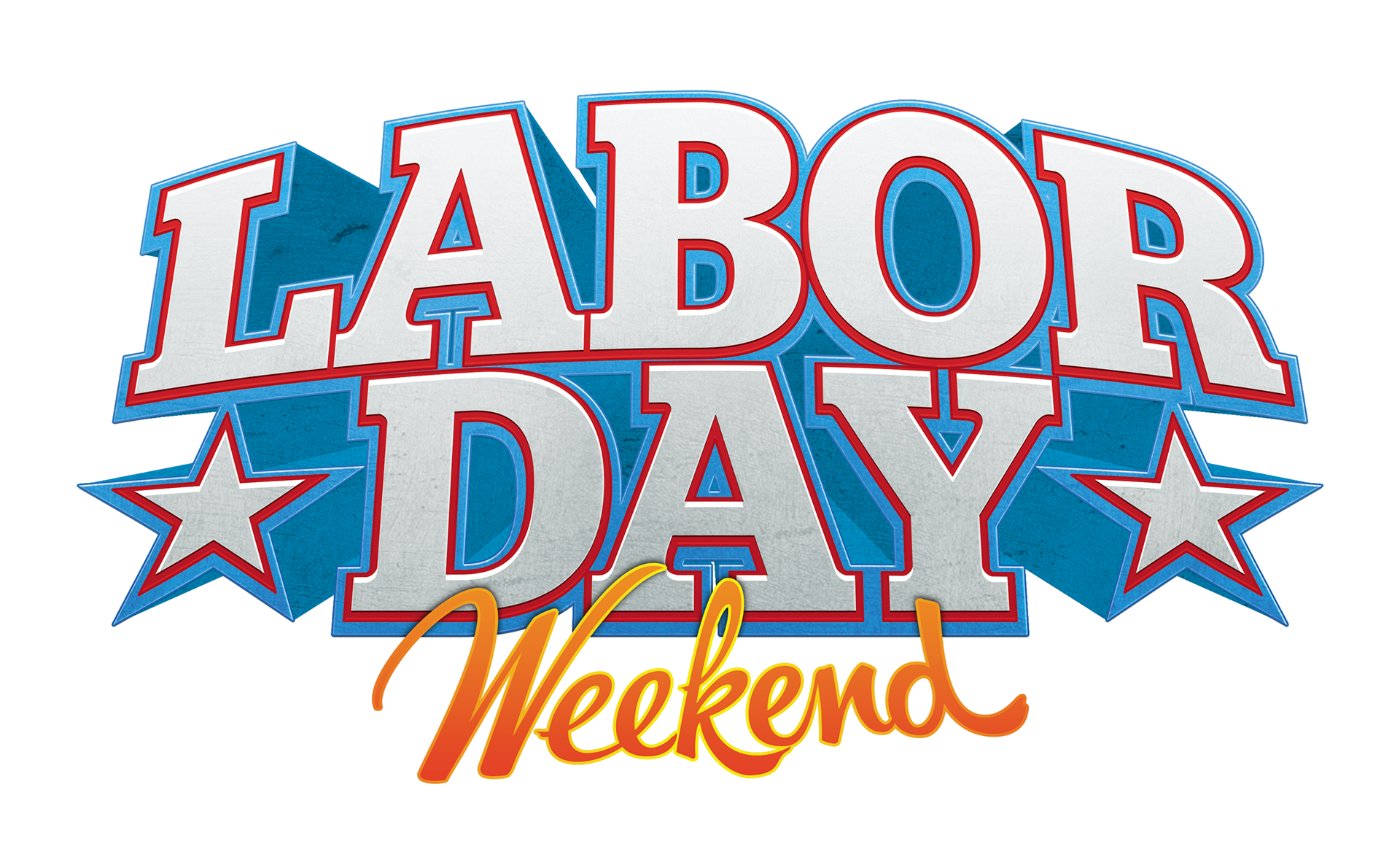


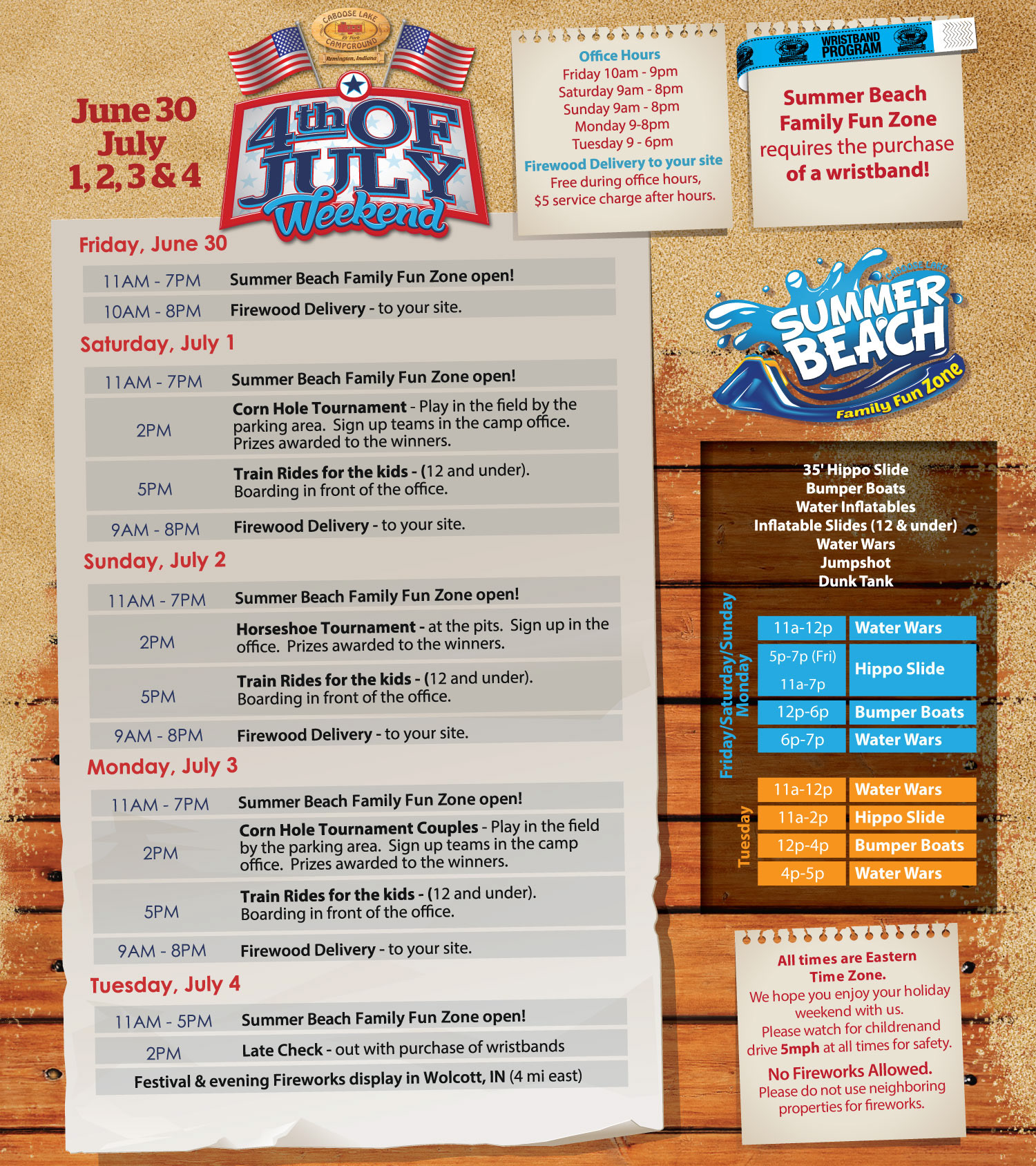
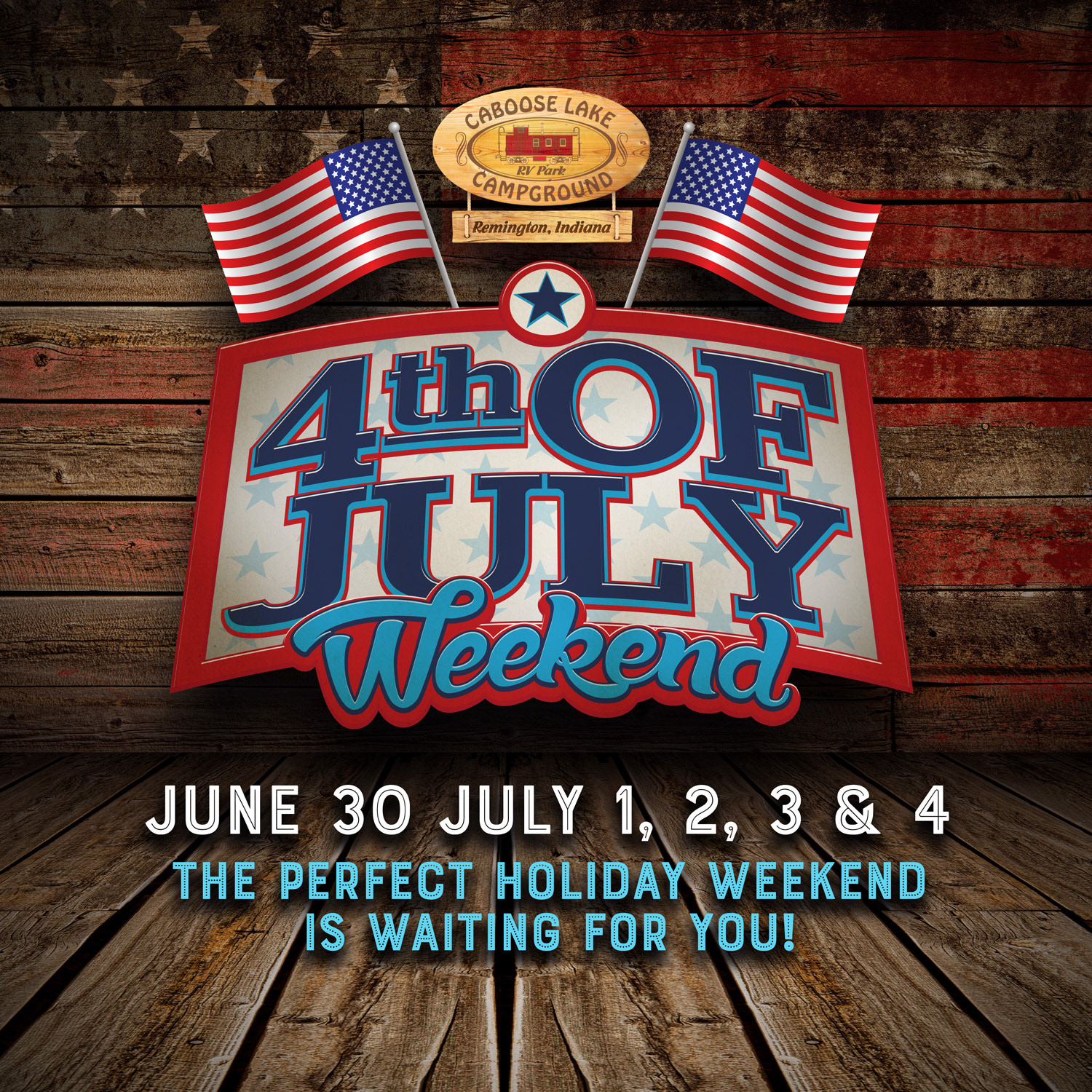
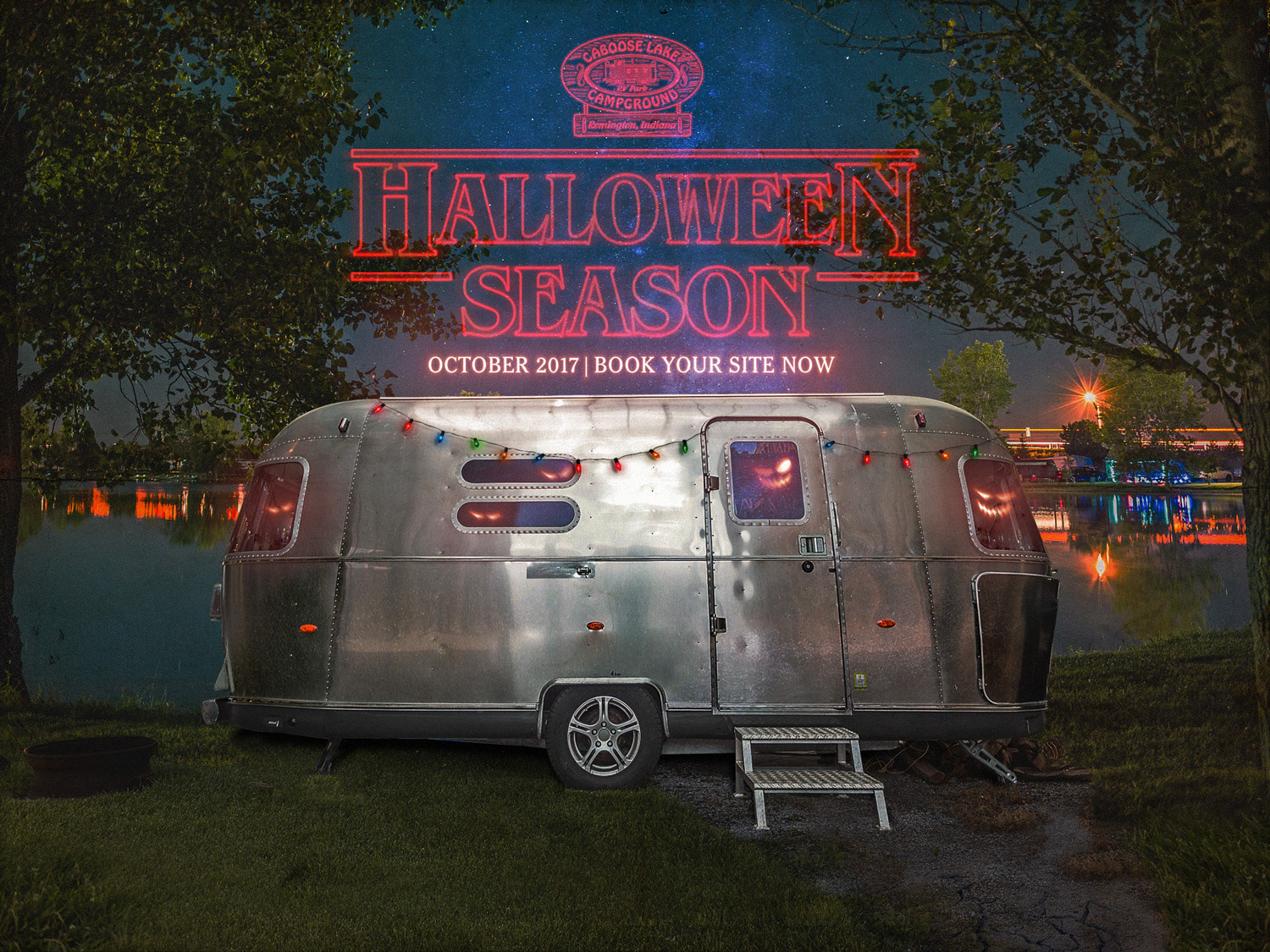
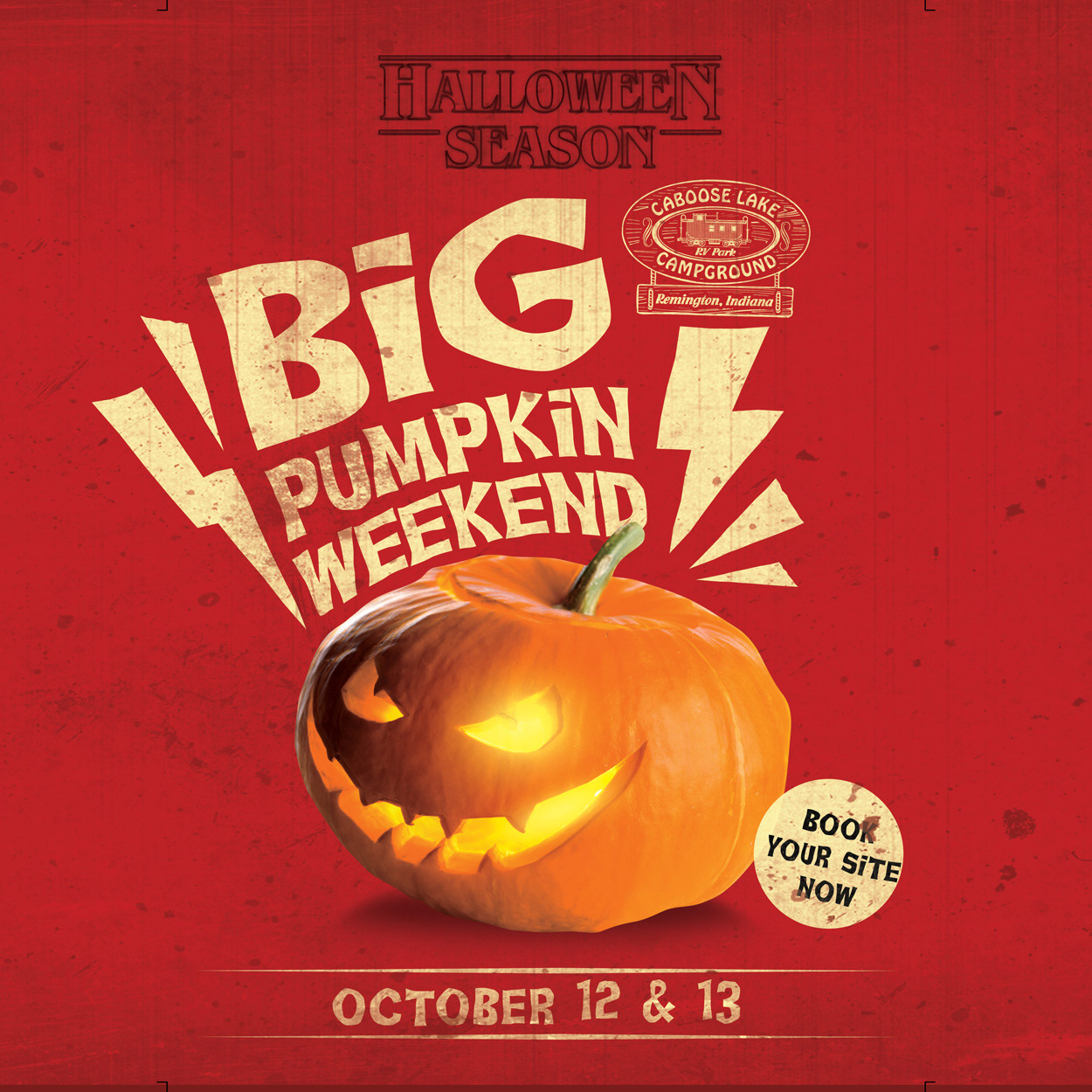
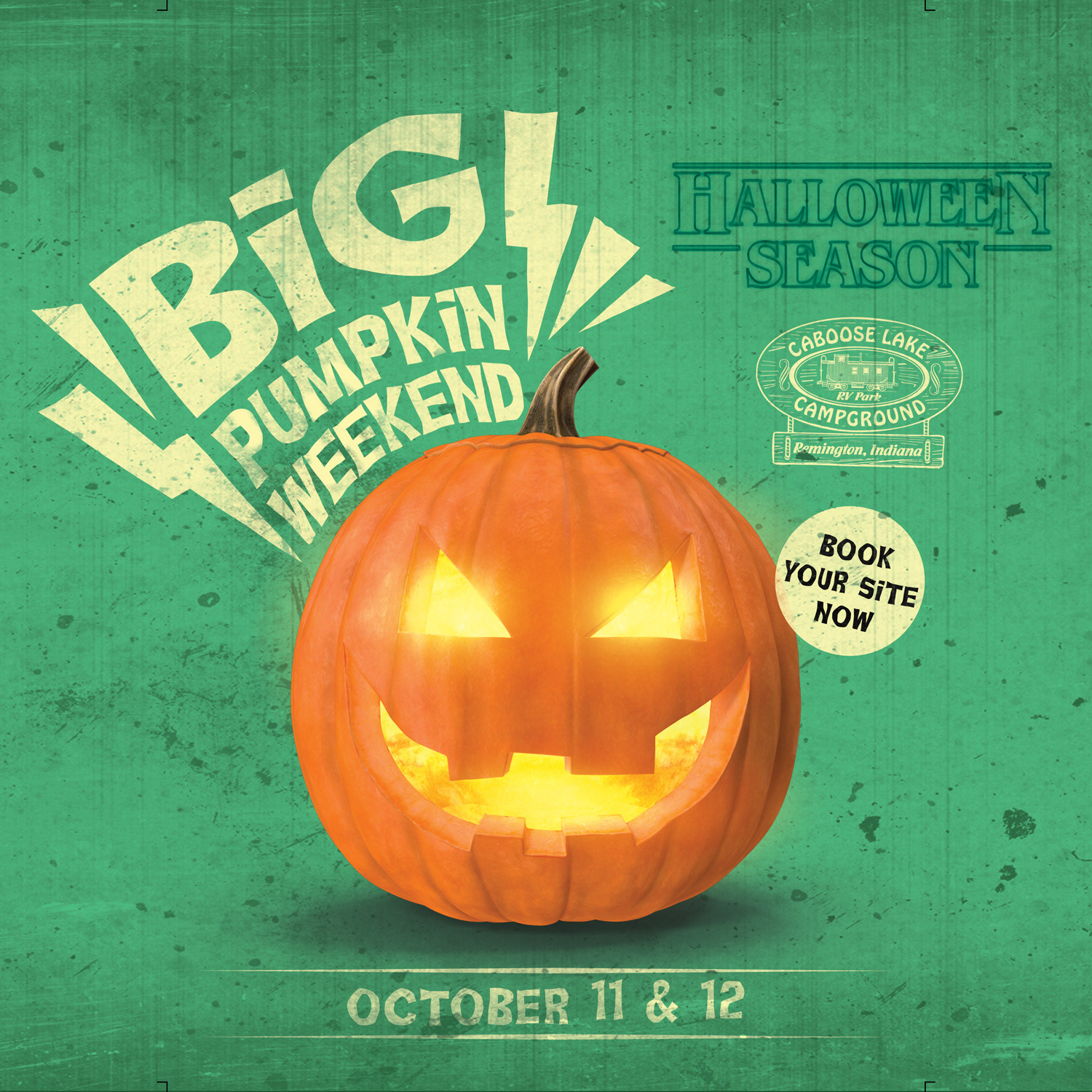
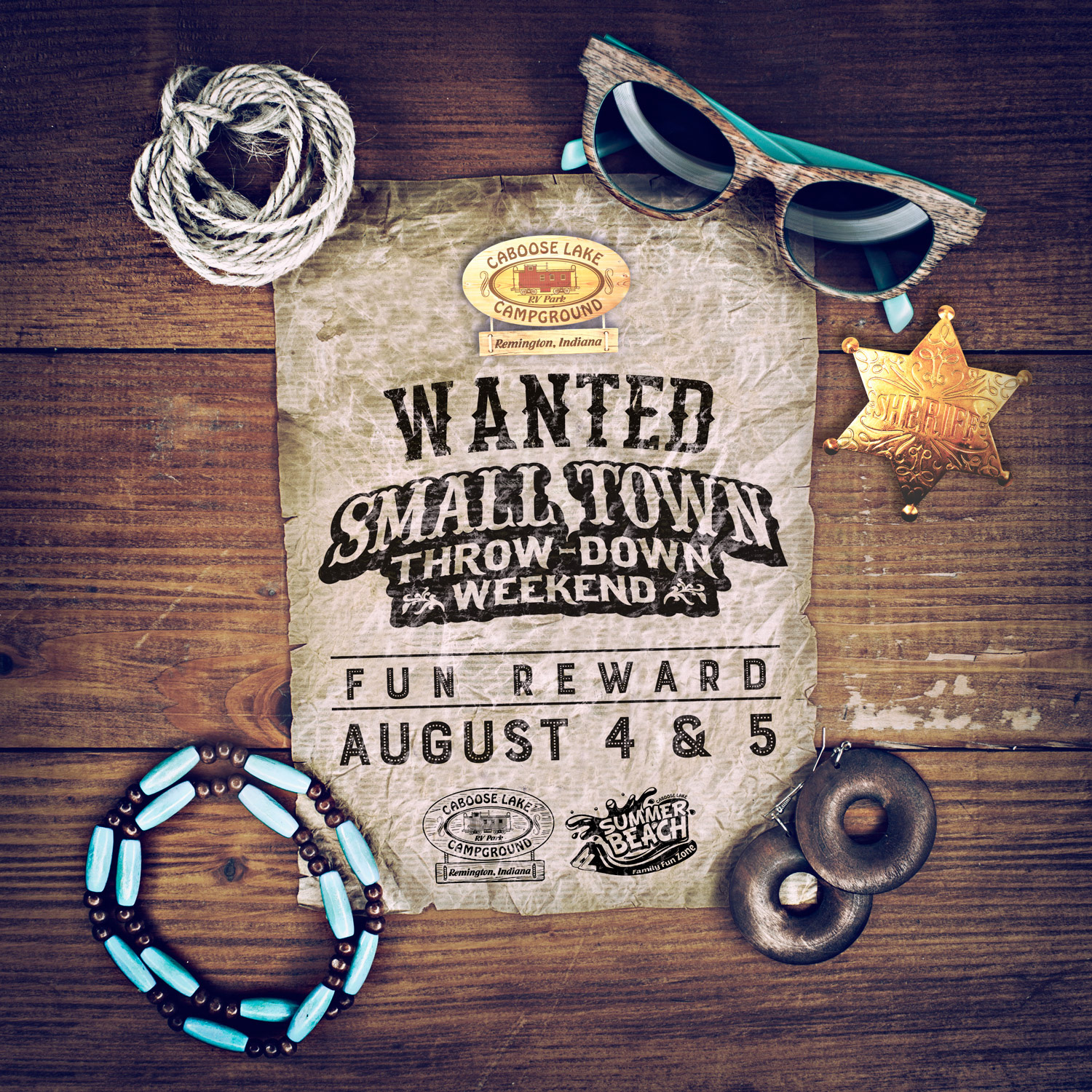

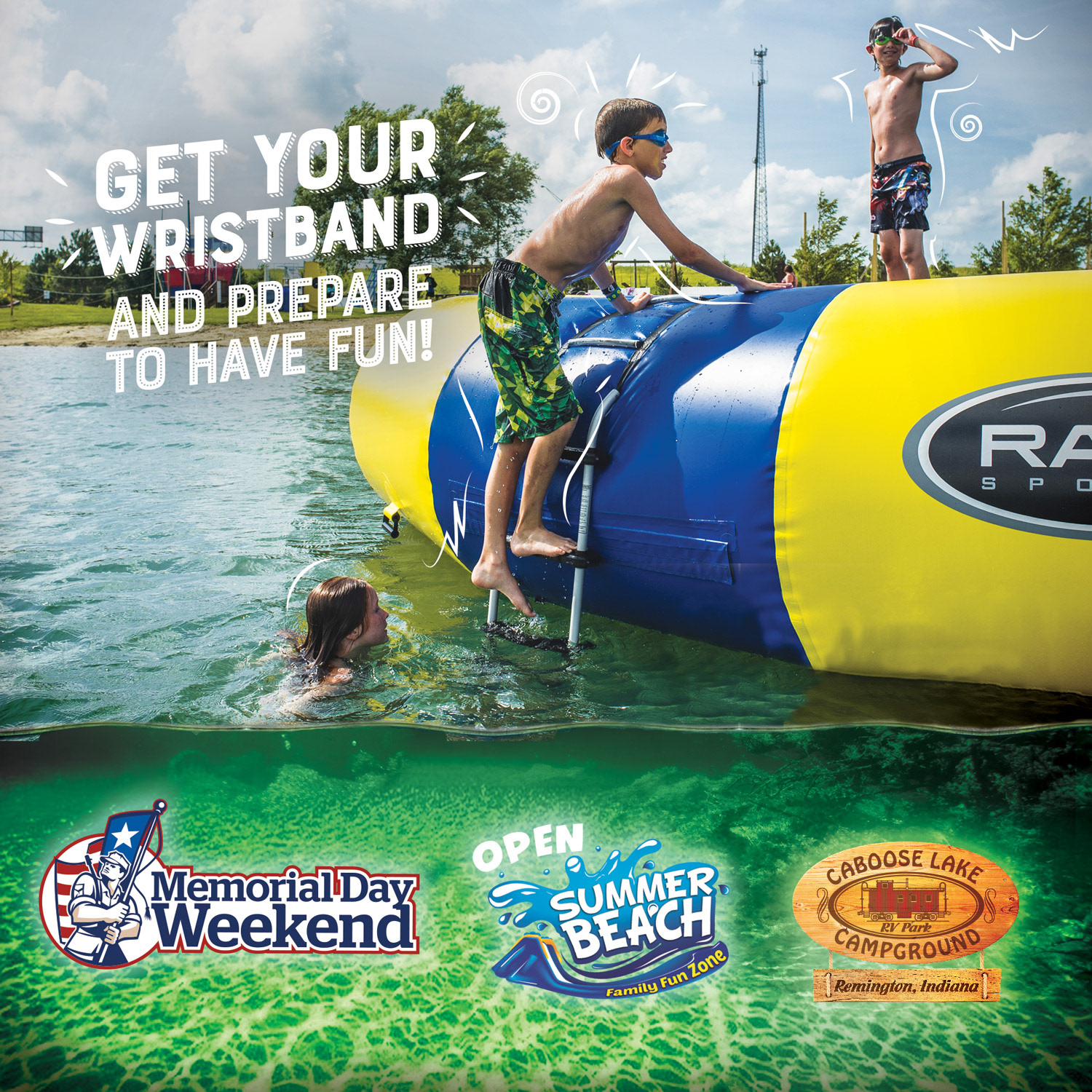
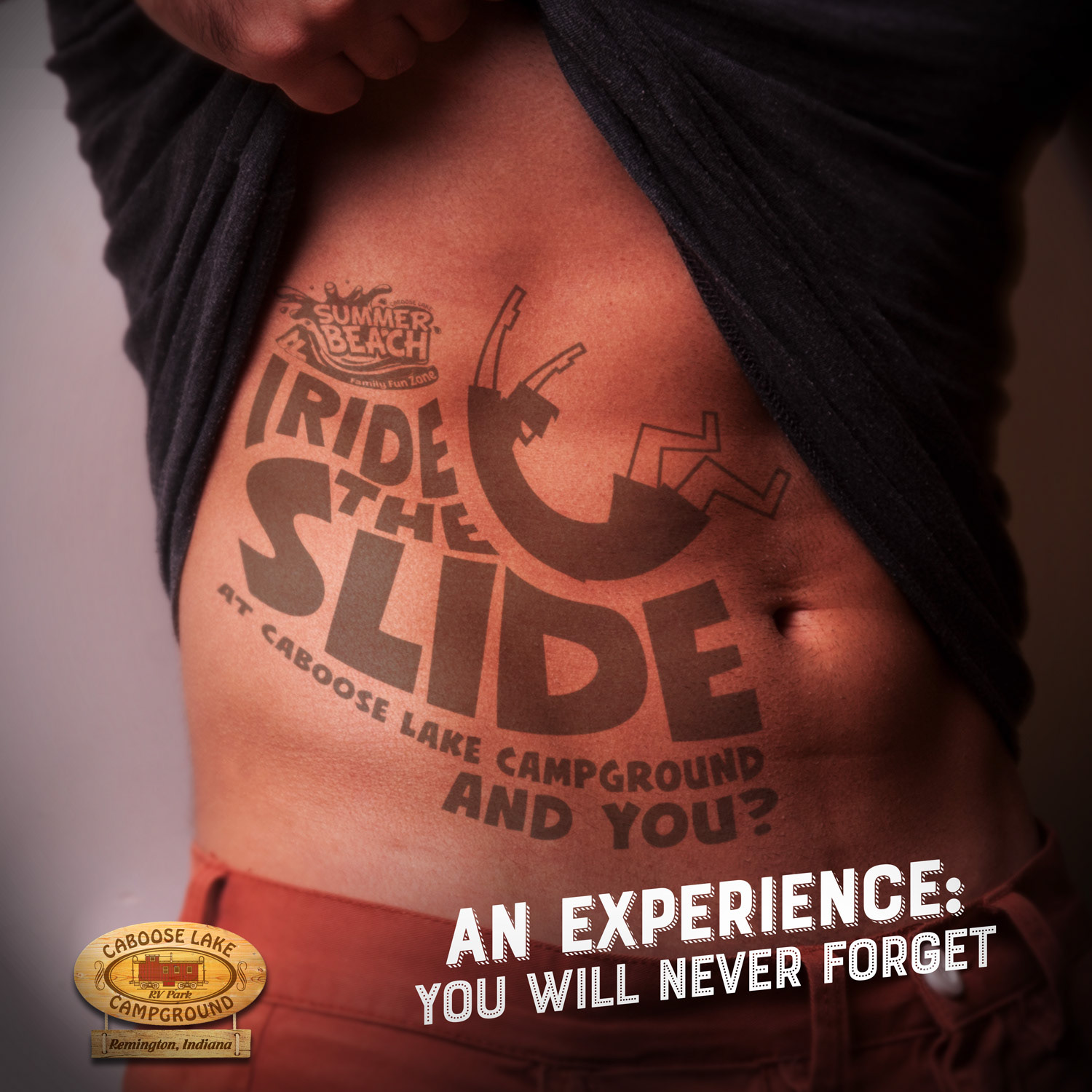


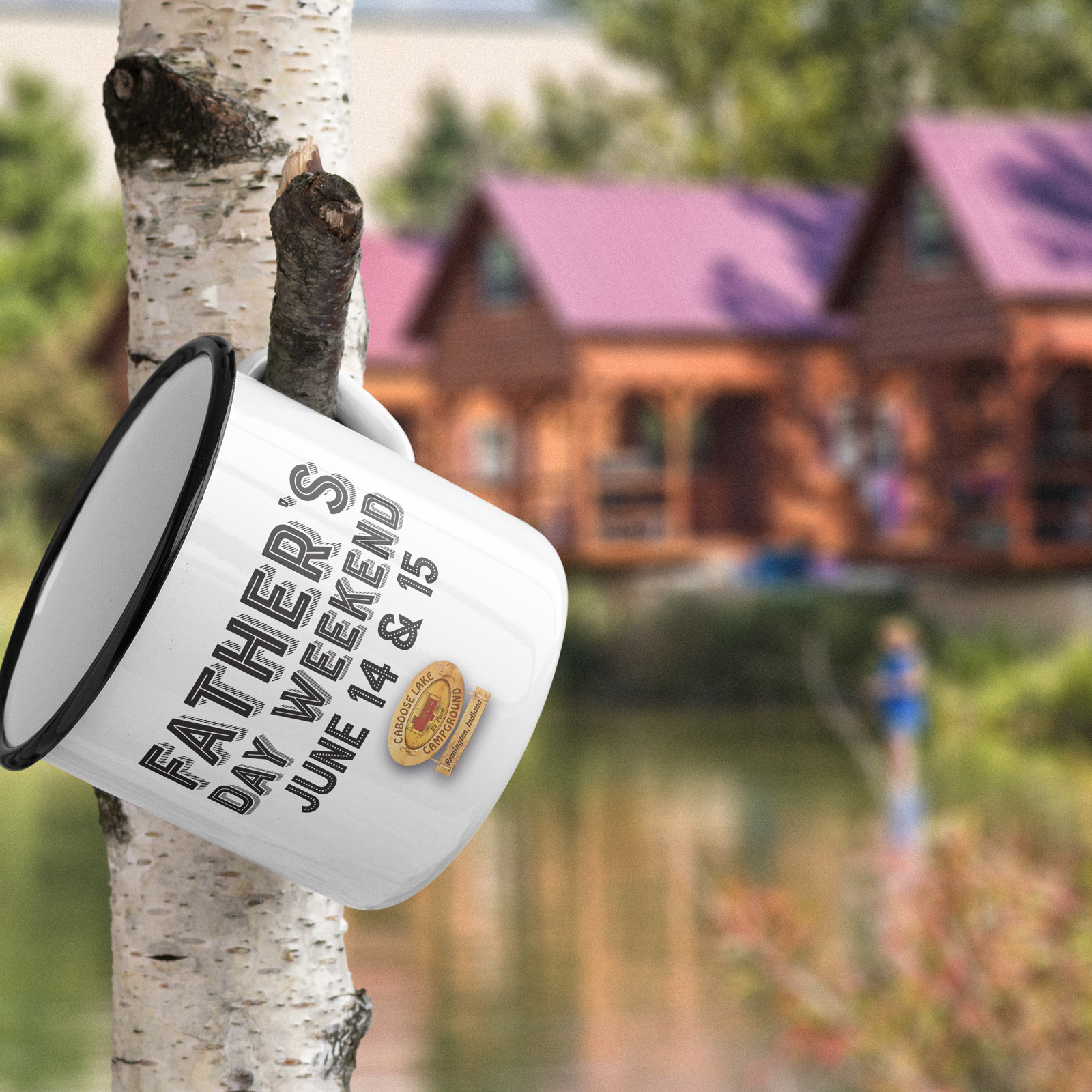
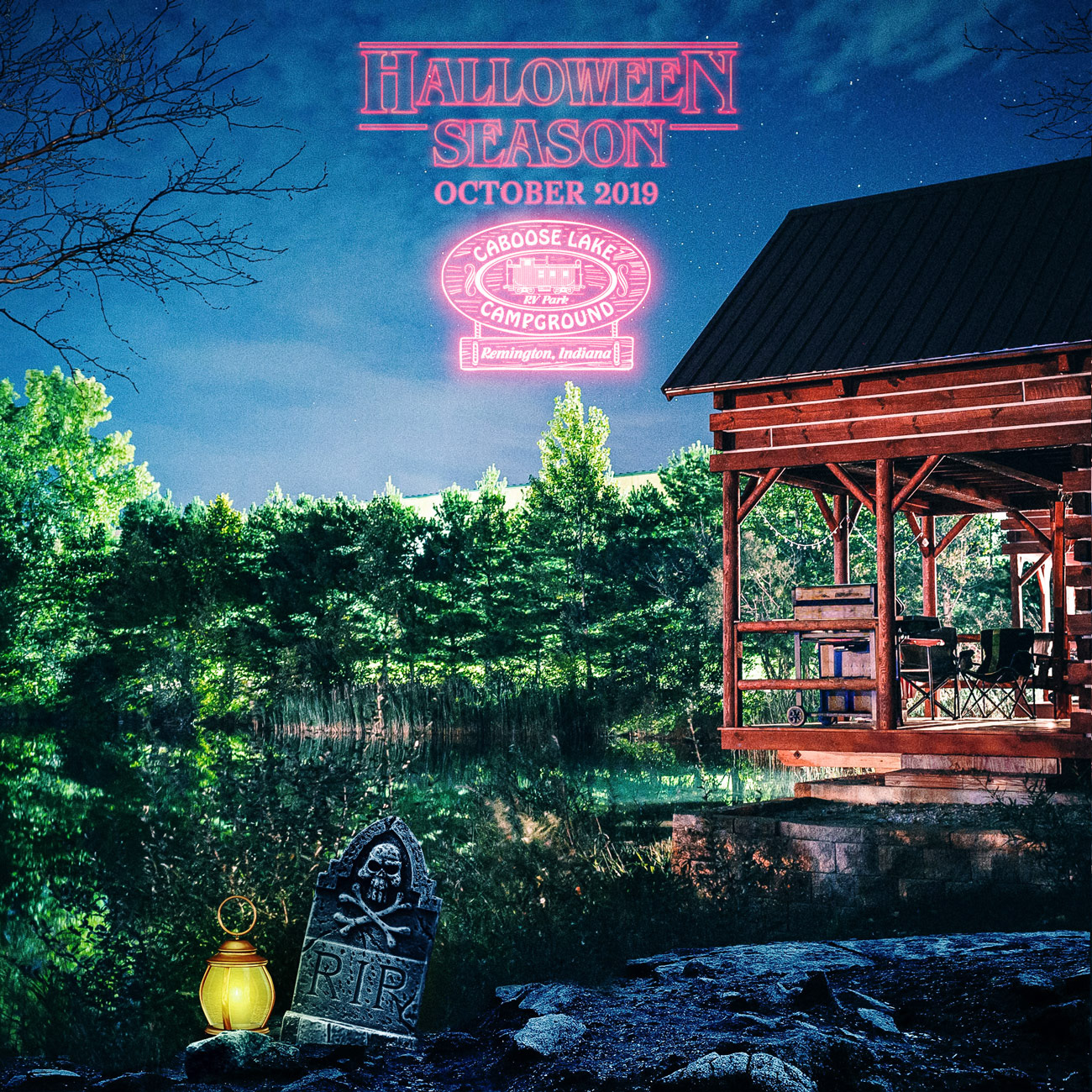
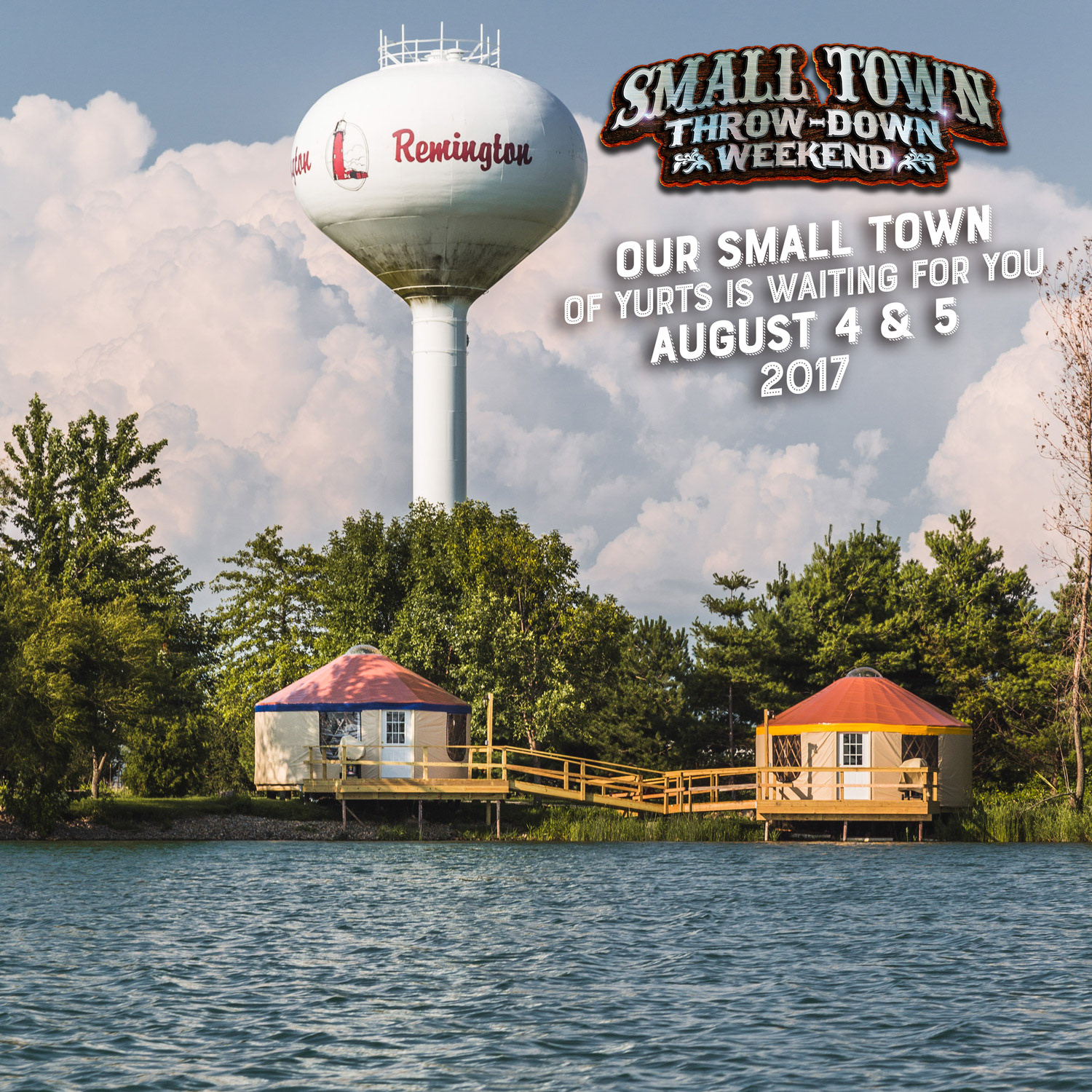
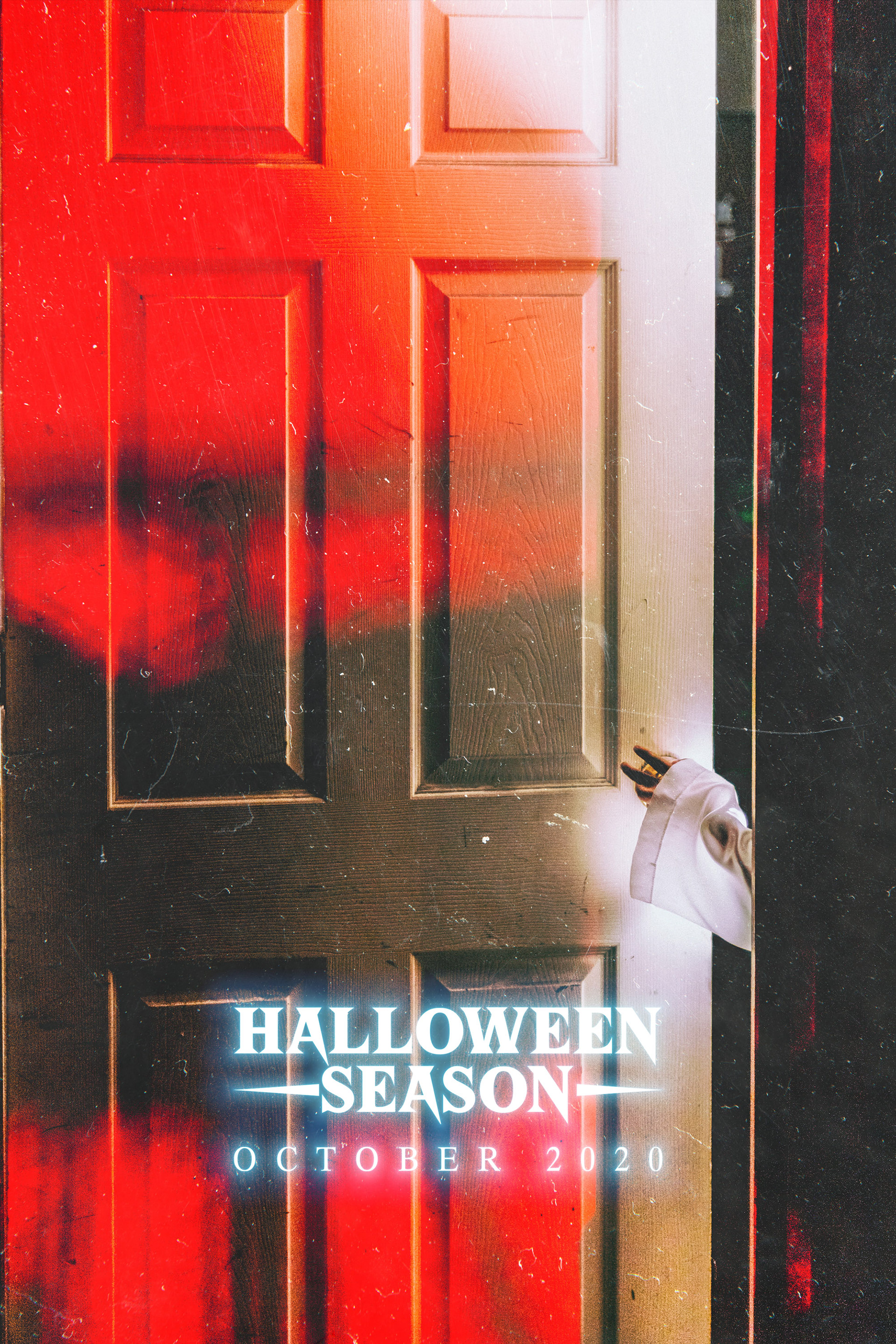
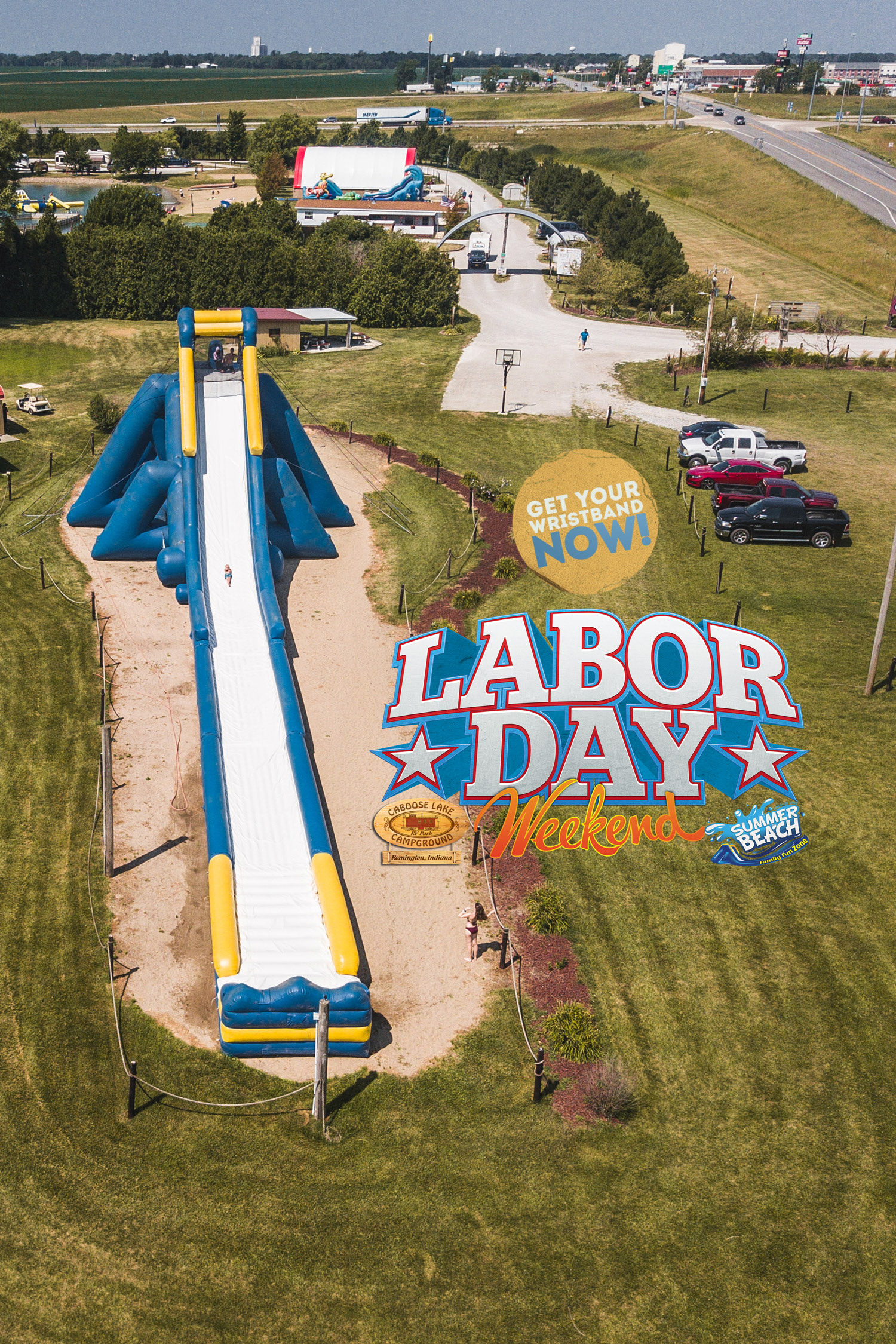
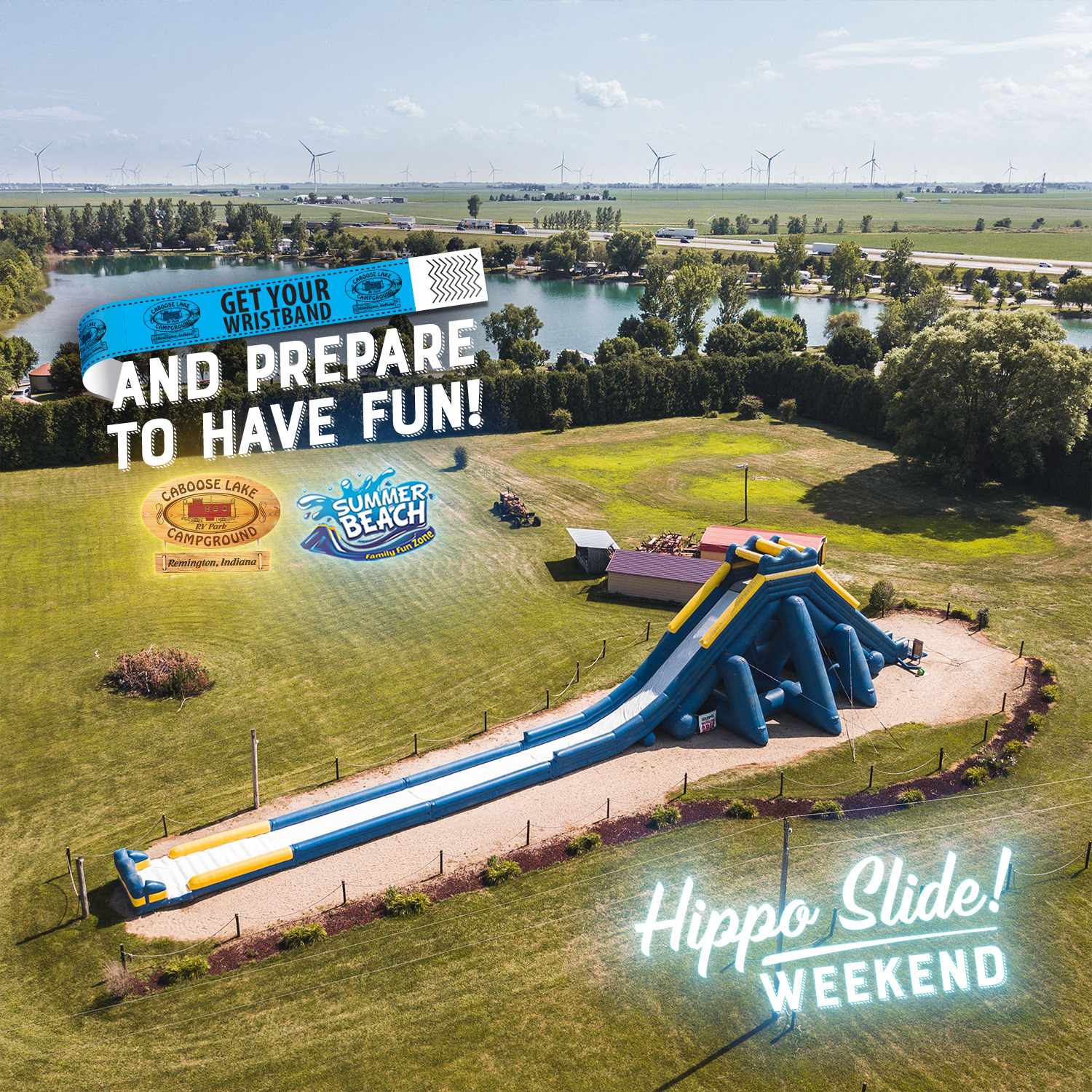

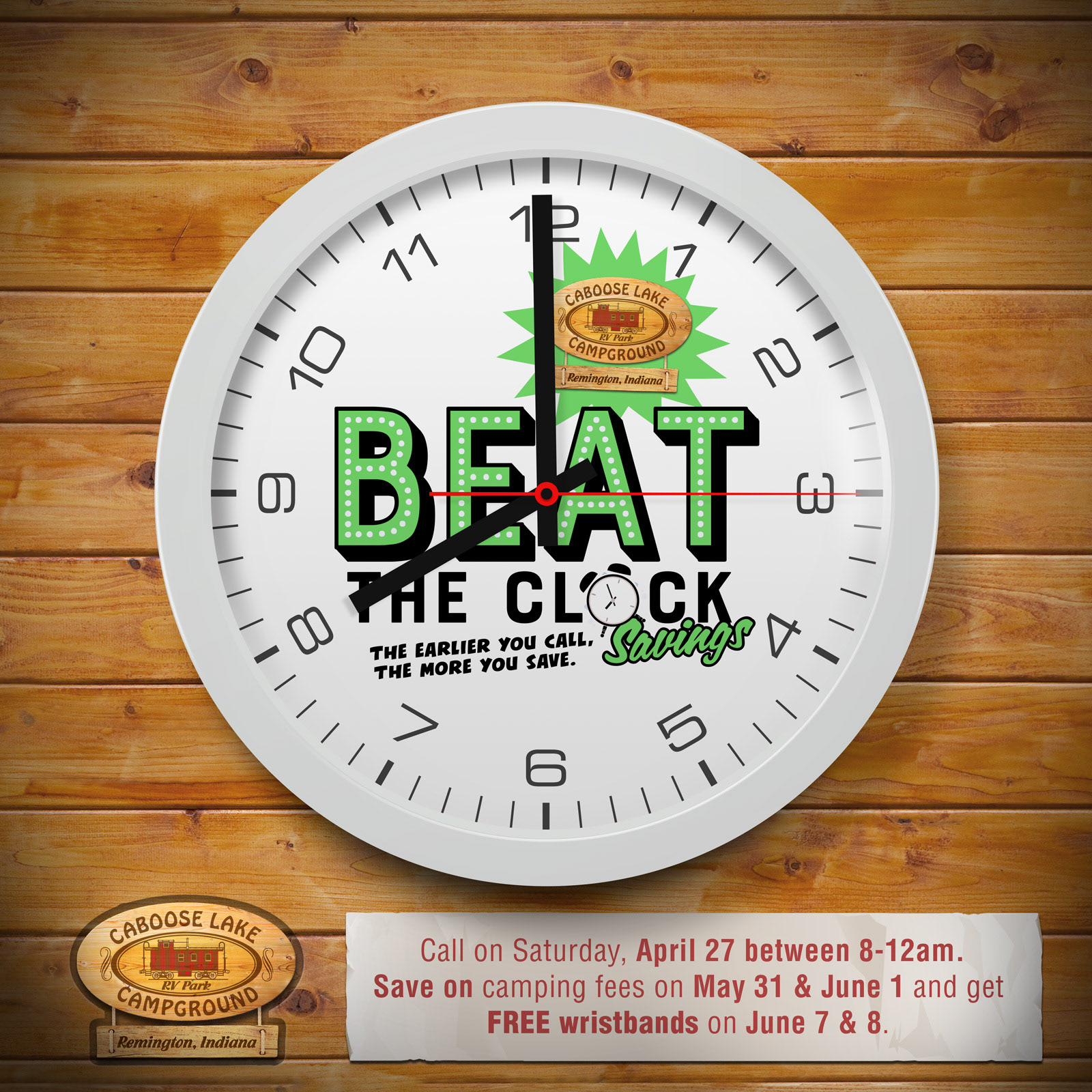
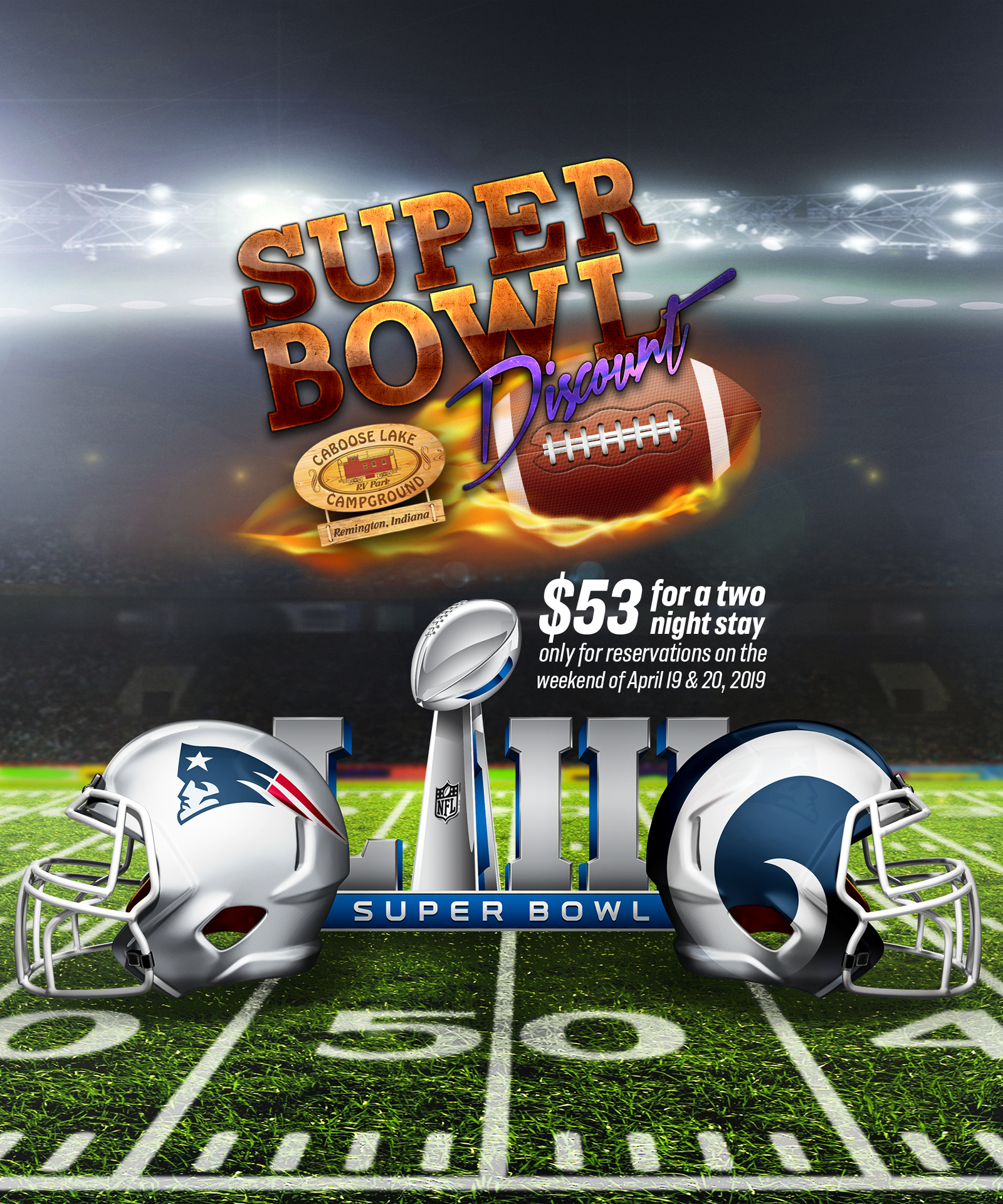
![we[encode]](https://cdn.myportfolio.com/0320edf1cfa0cc1cff8a518a13de75c8/dfb59b91-06fc-4f2f-b818-ce759c9c36c1_rwc_7x0x635x120x4096.gif?h=107c50d2673de7df0d0246bb6d94b95a)
![we[encode]](https://cdn.myportfolio.com/0320edf1cfa0cc1cff8a518a13de75c8/84cc62f3-2474-4d9b-b198-5cff974e9a0f_rwc_7x0x635x120x4096.gif?h=816c9a3d94945d68e73f65b53bf49547)